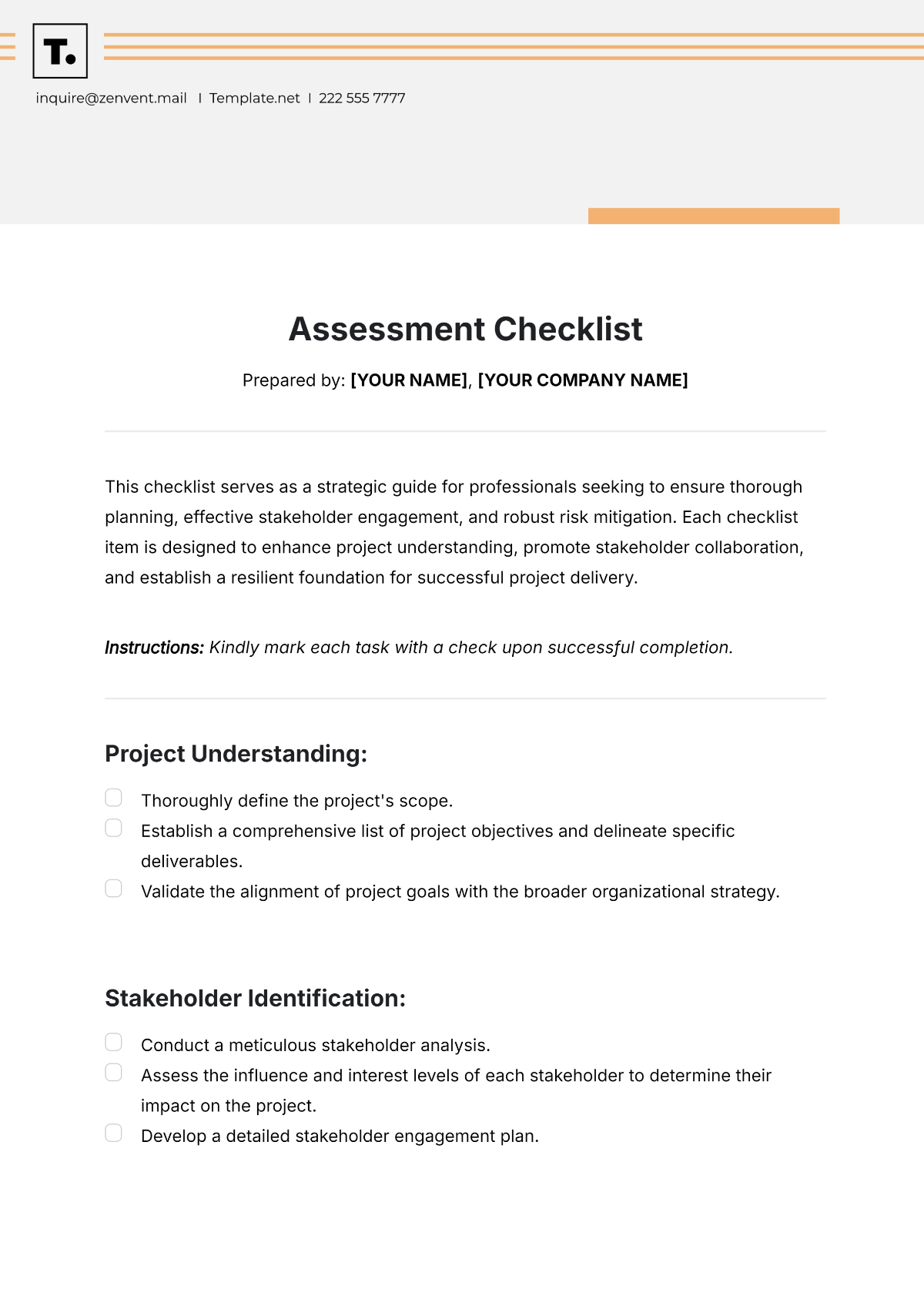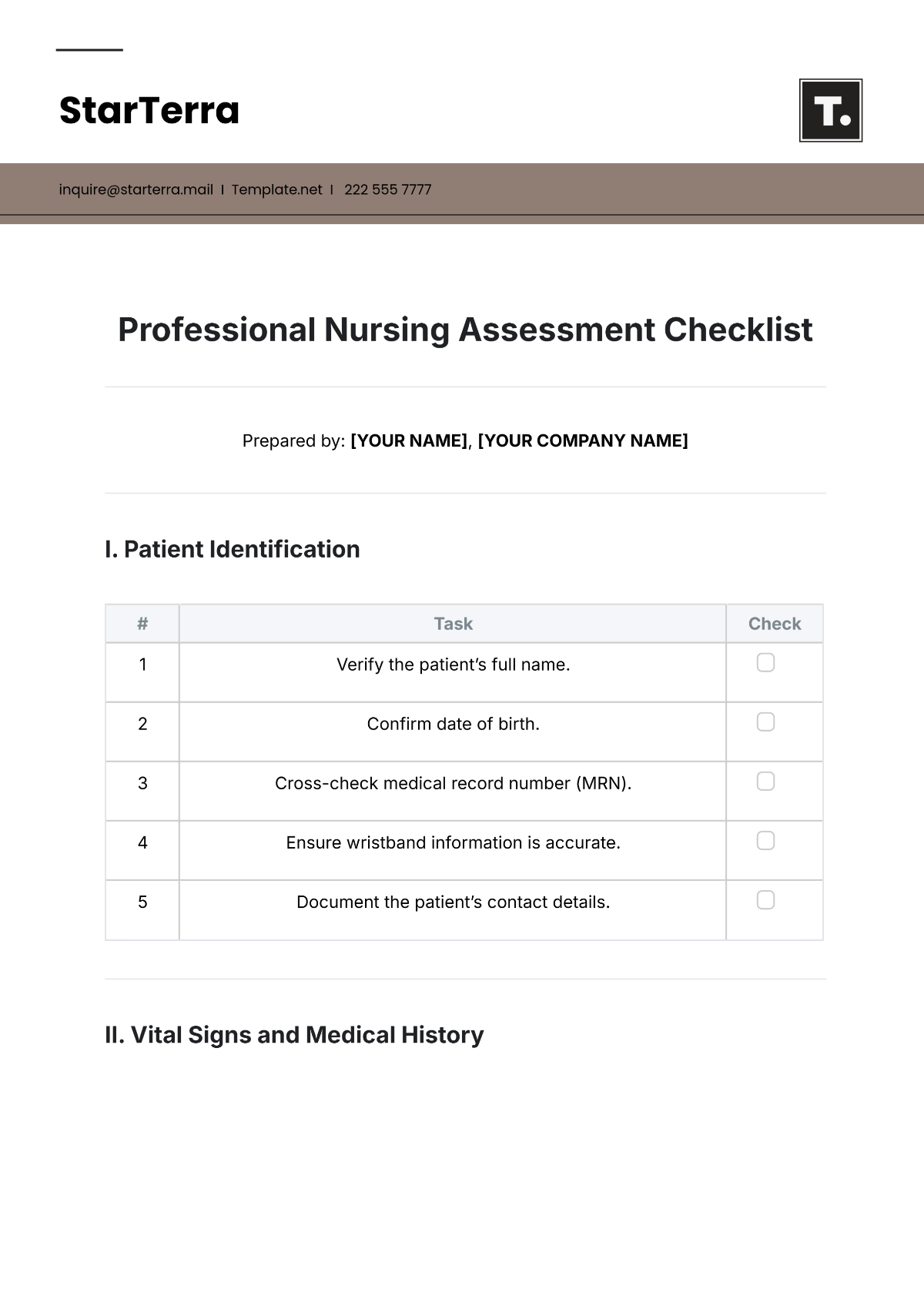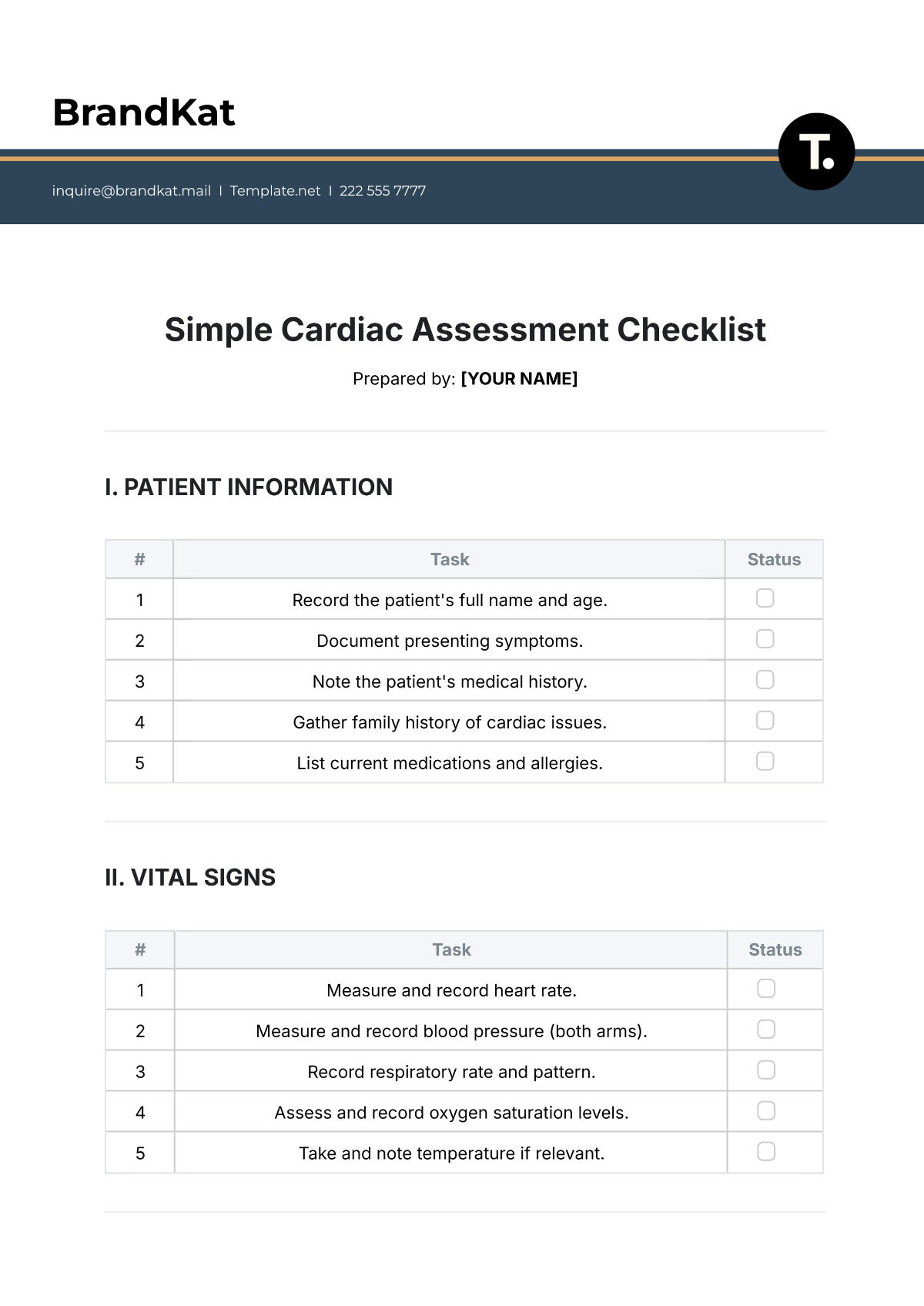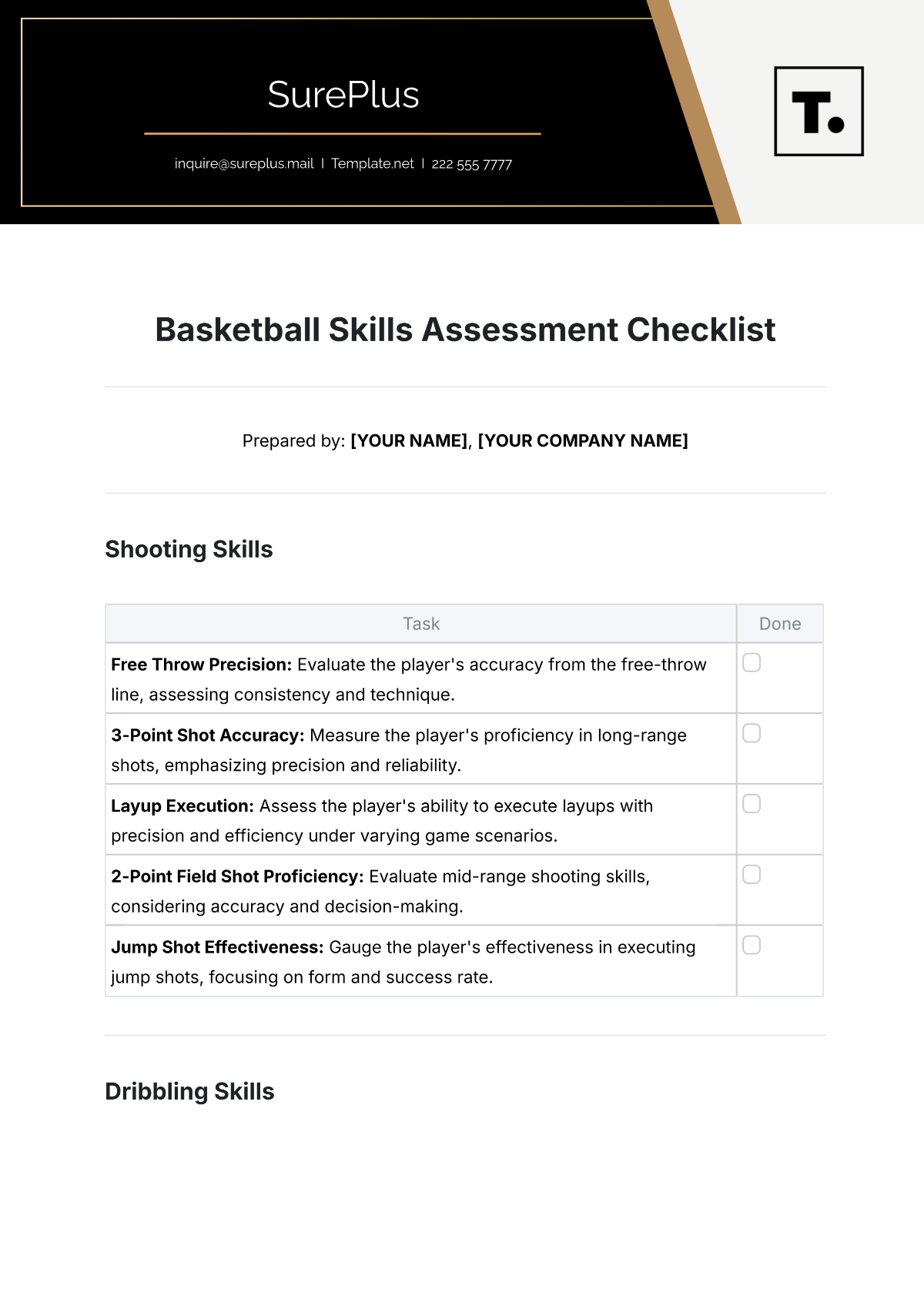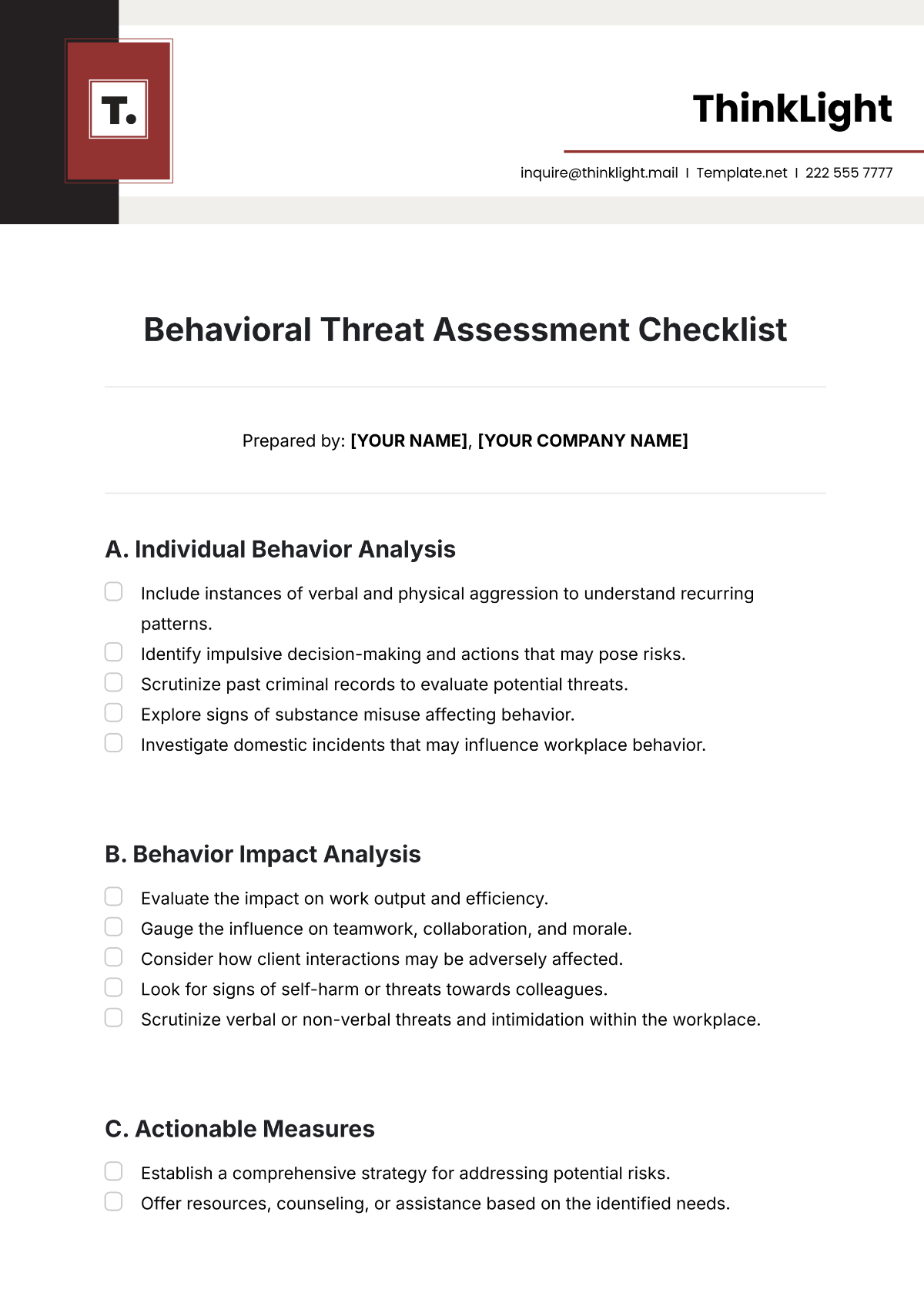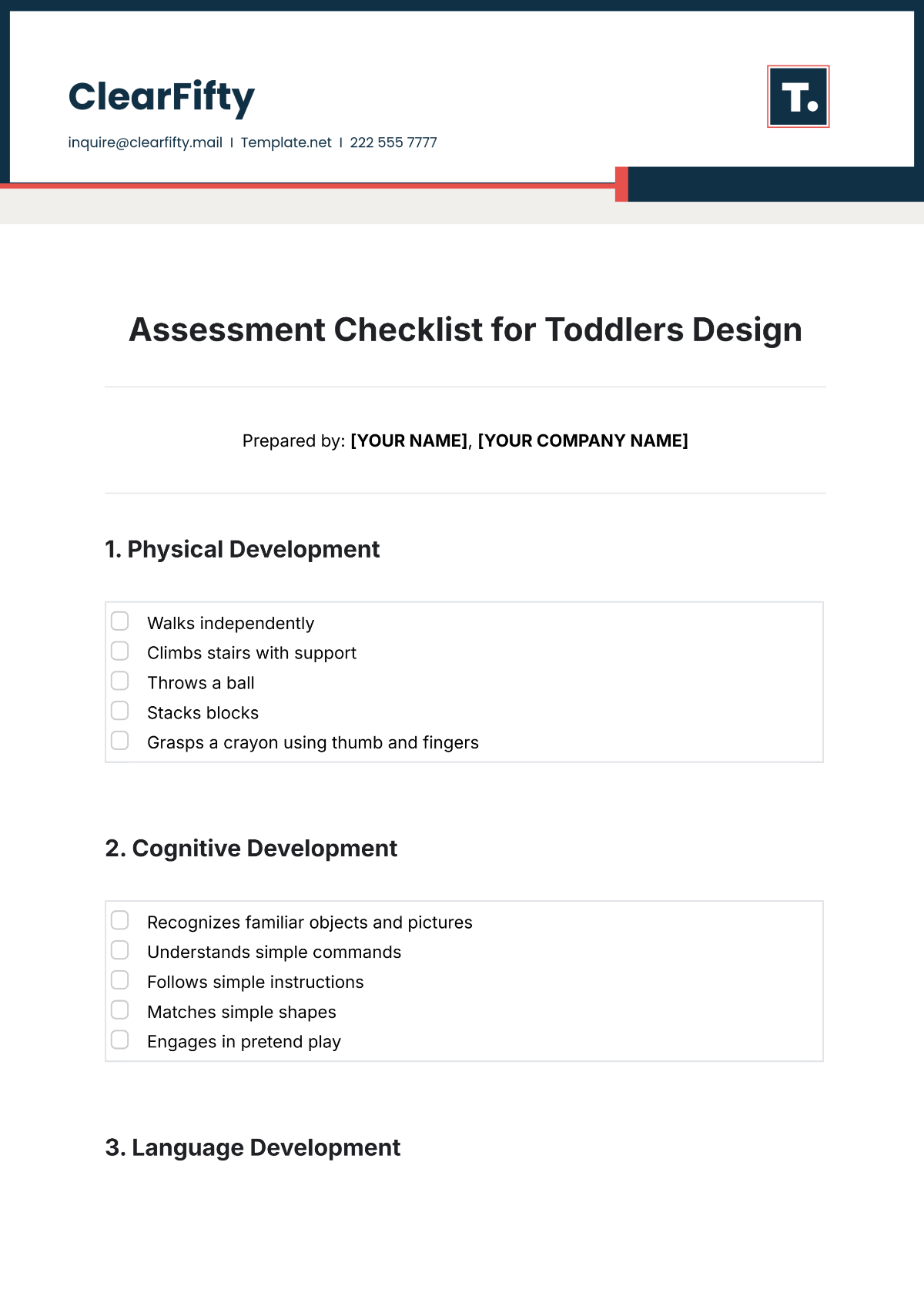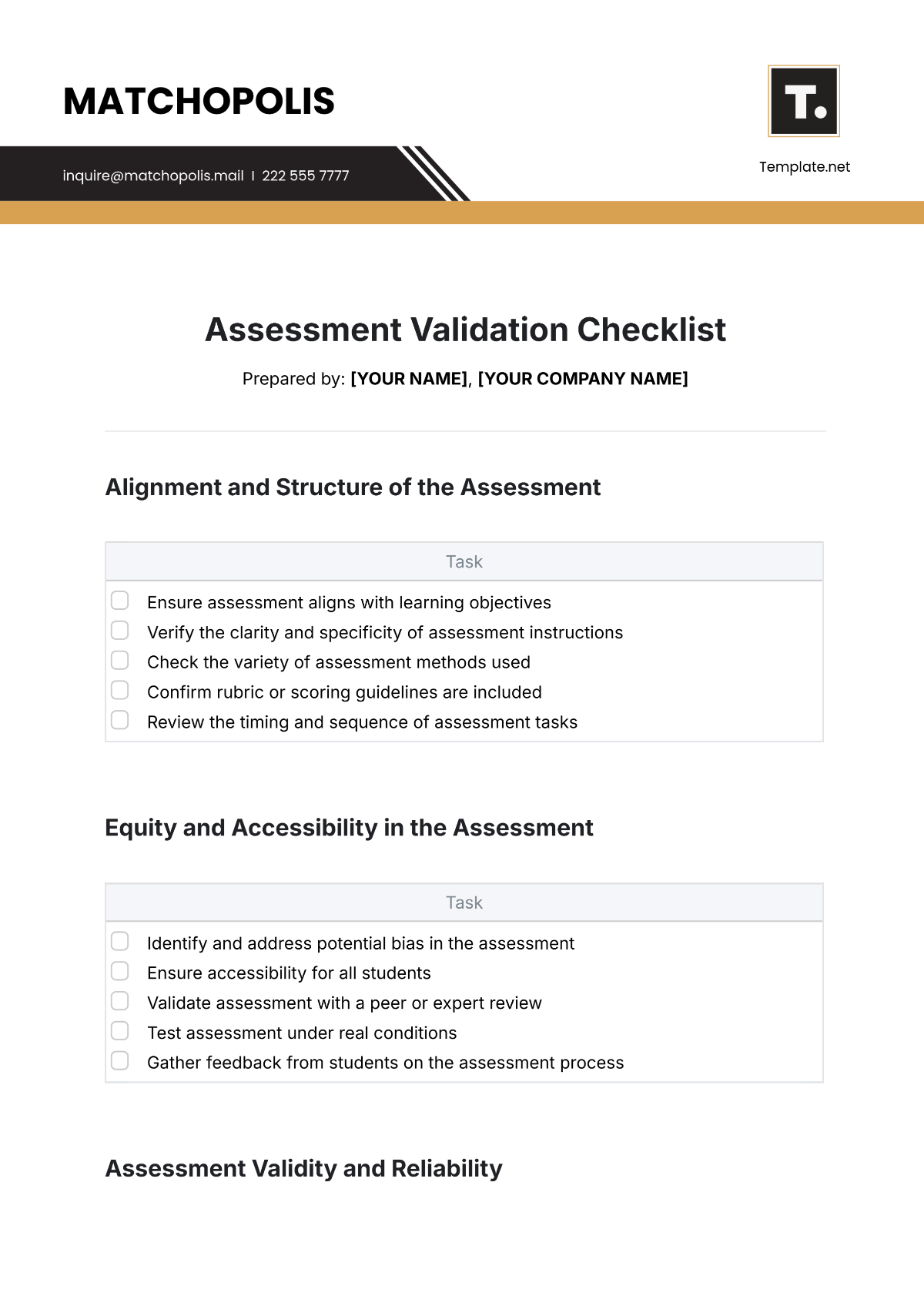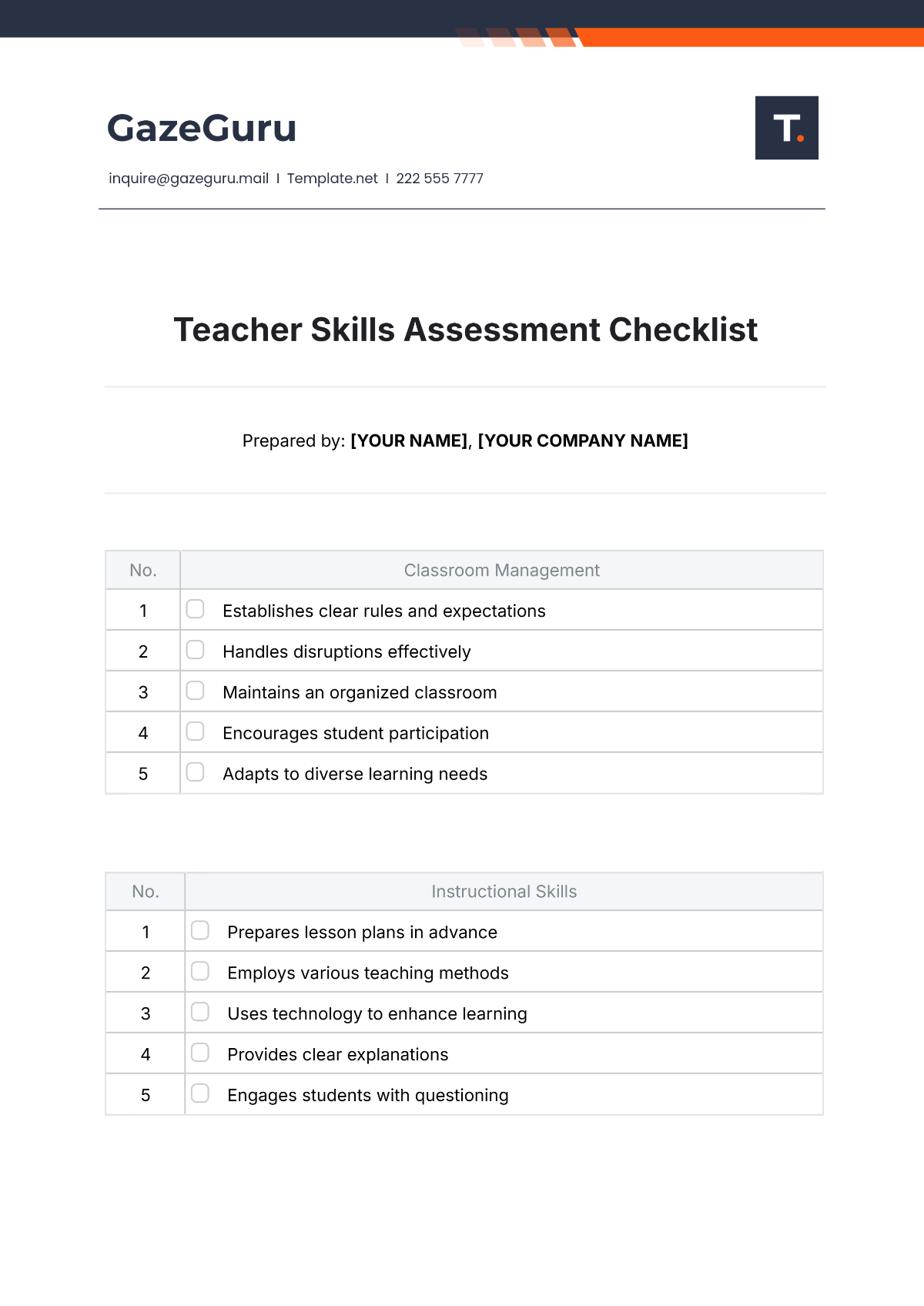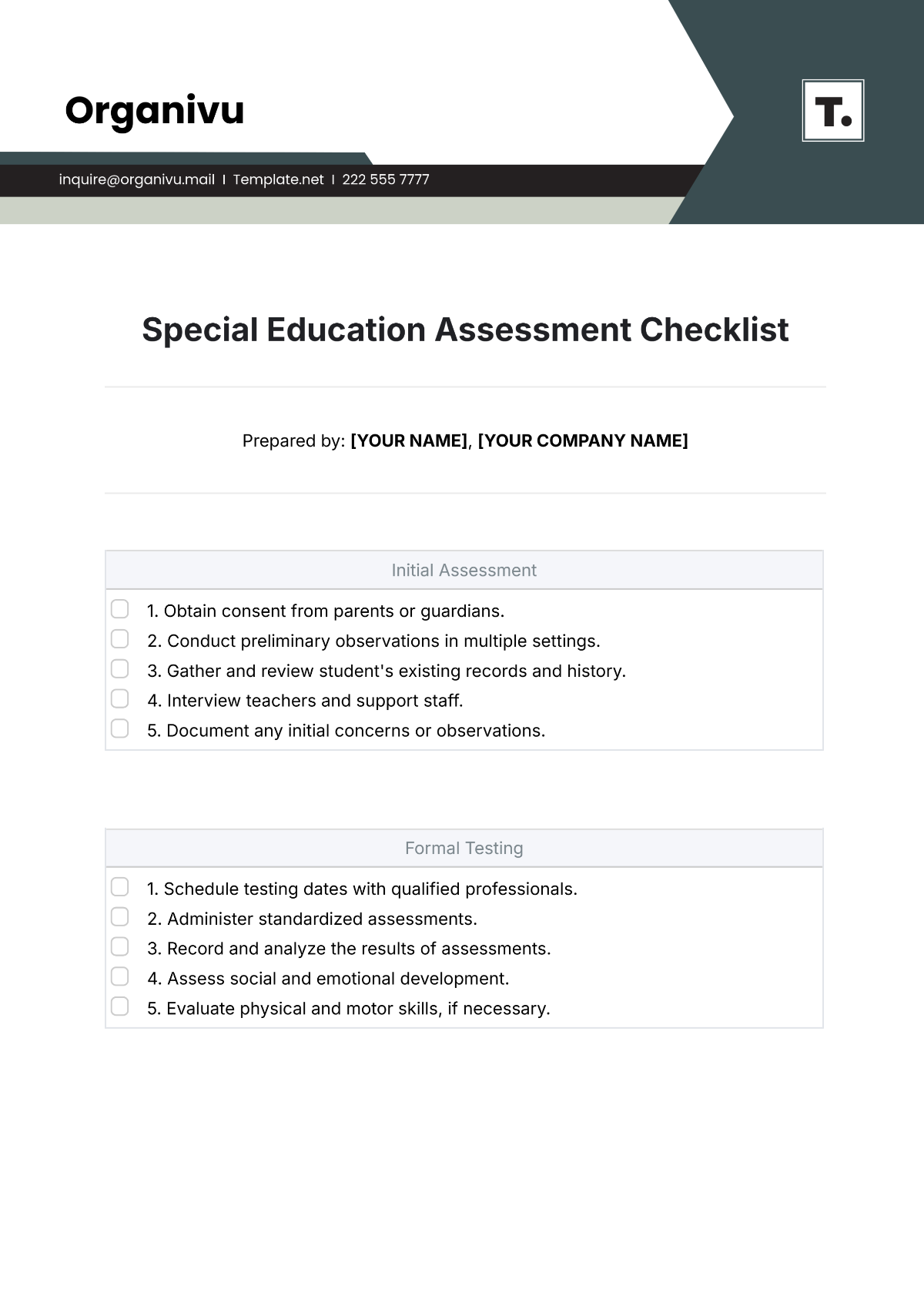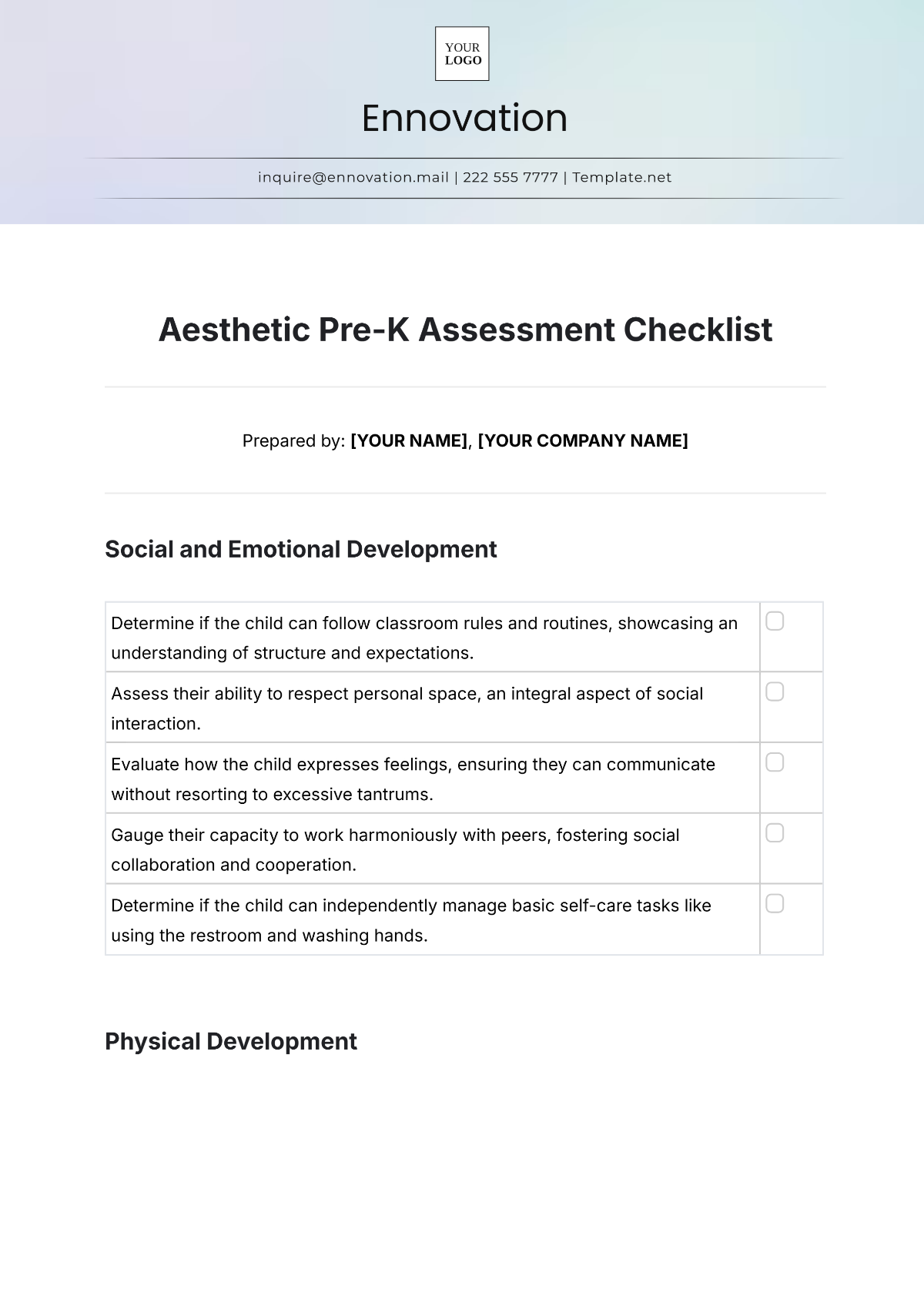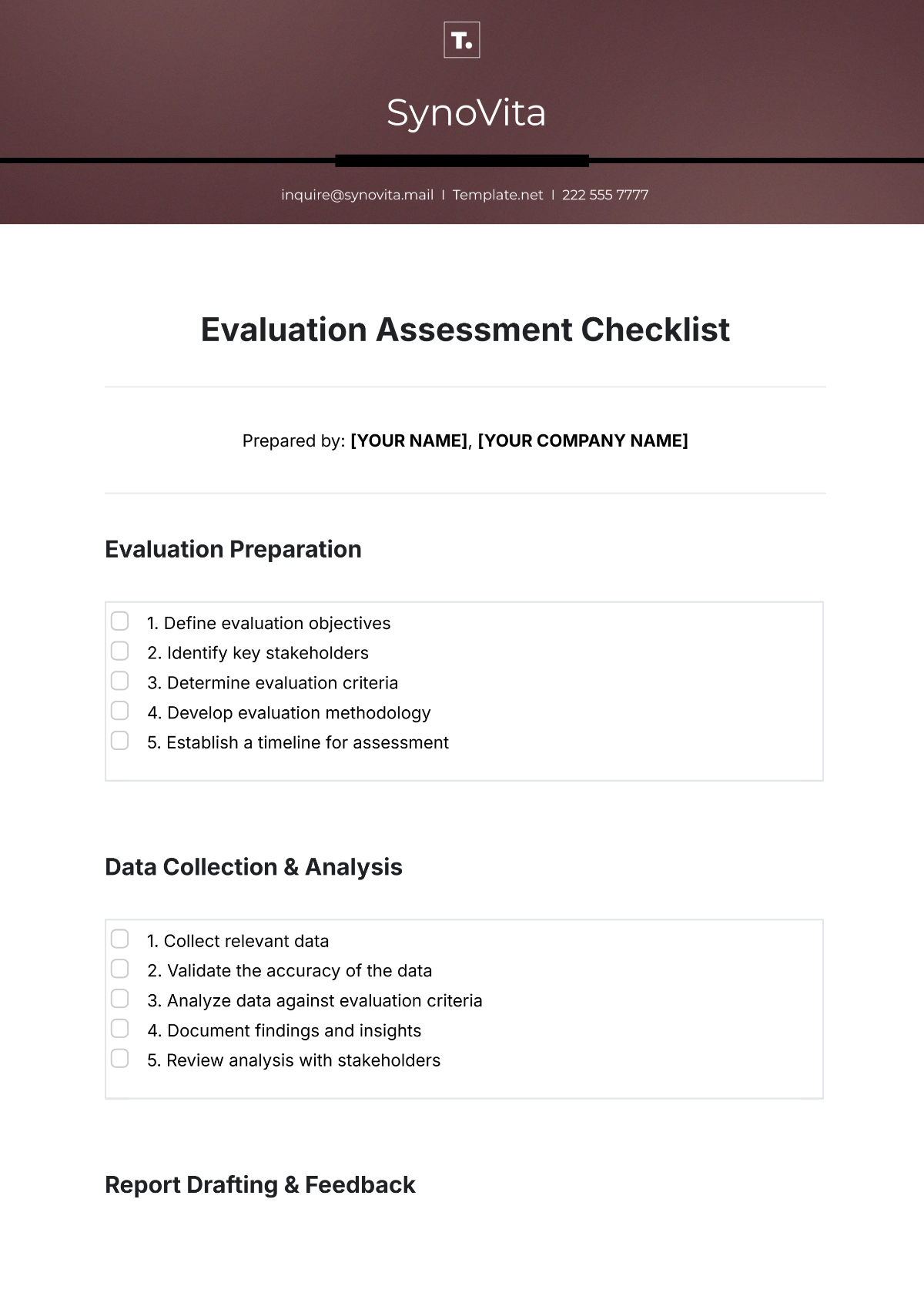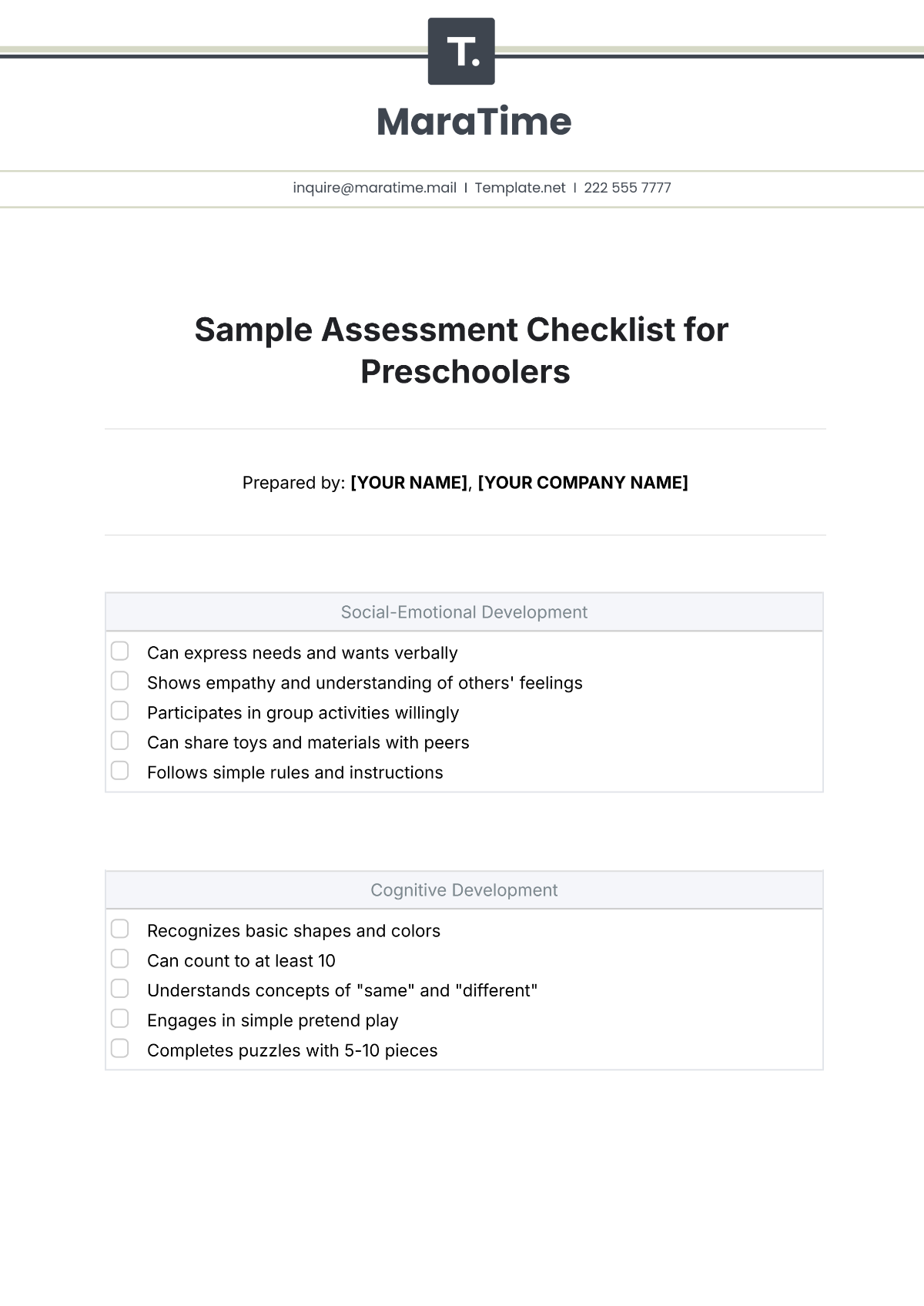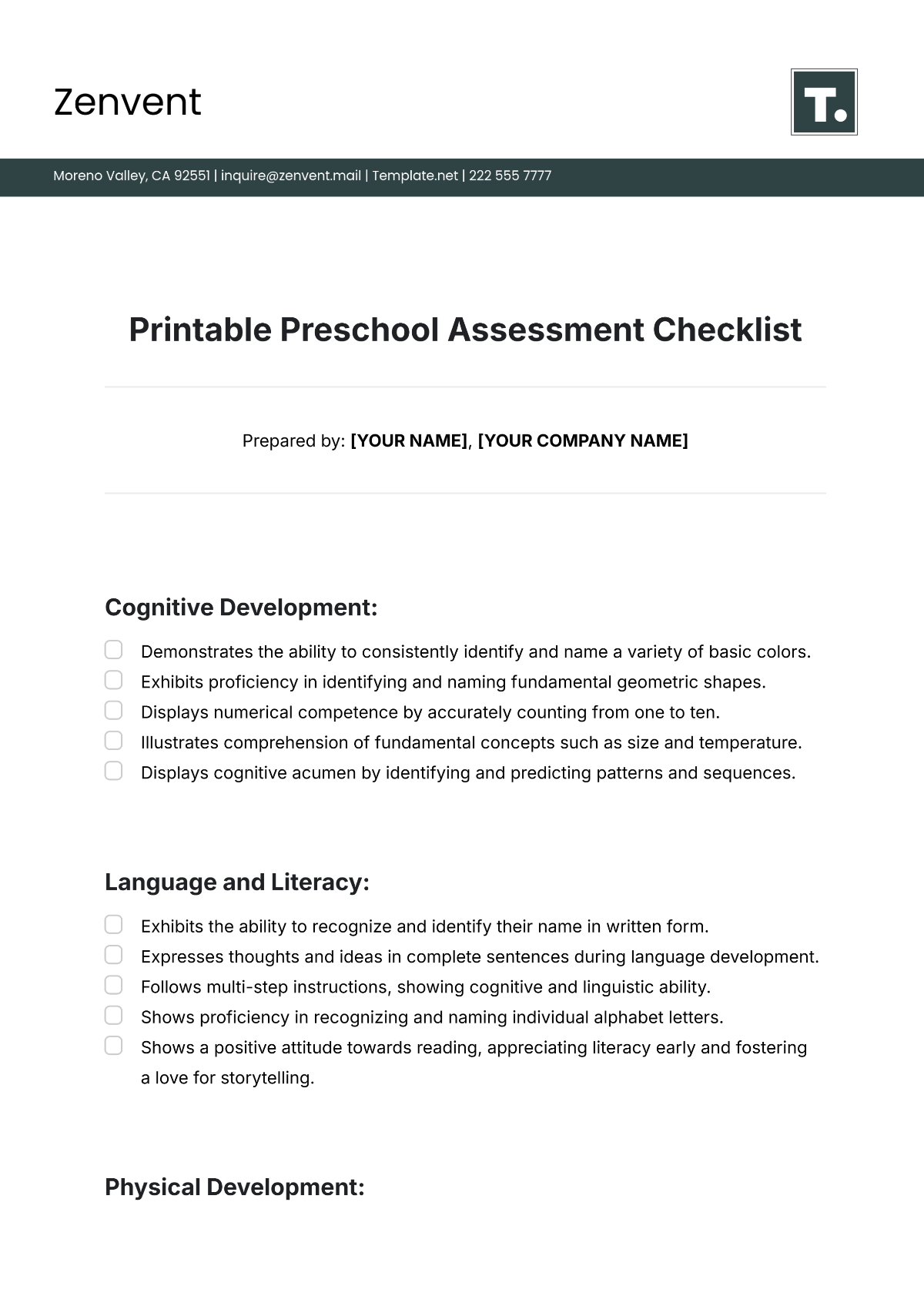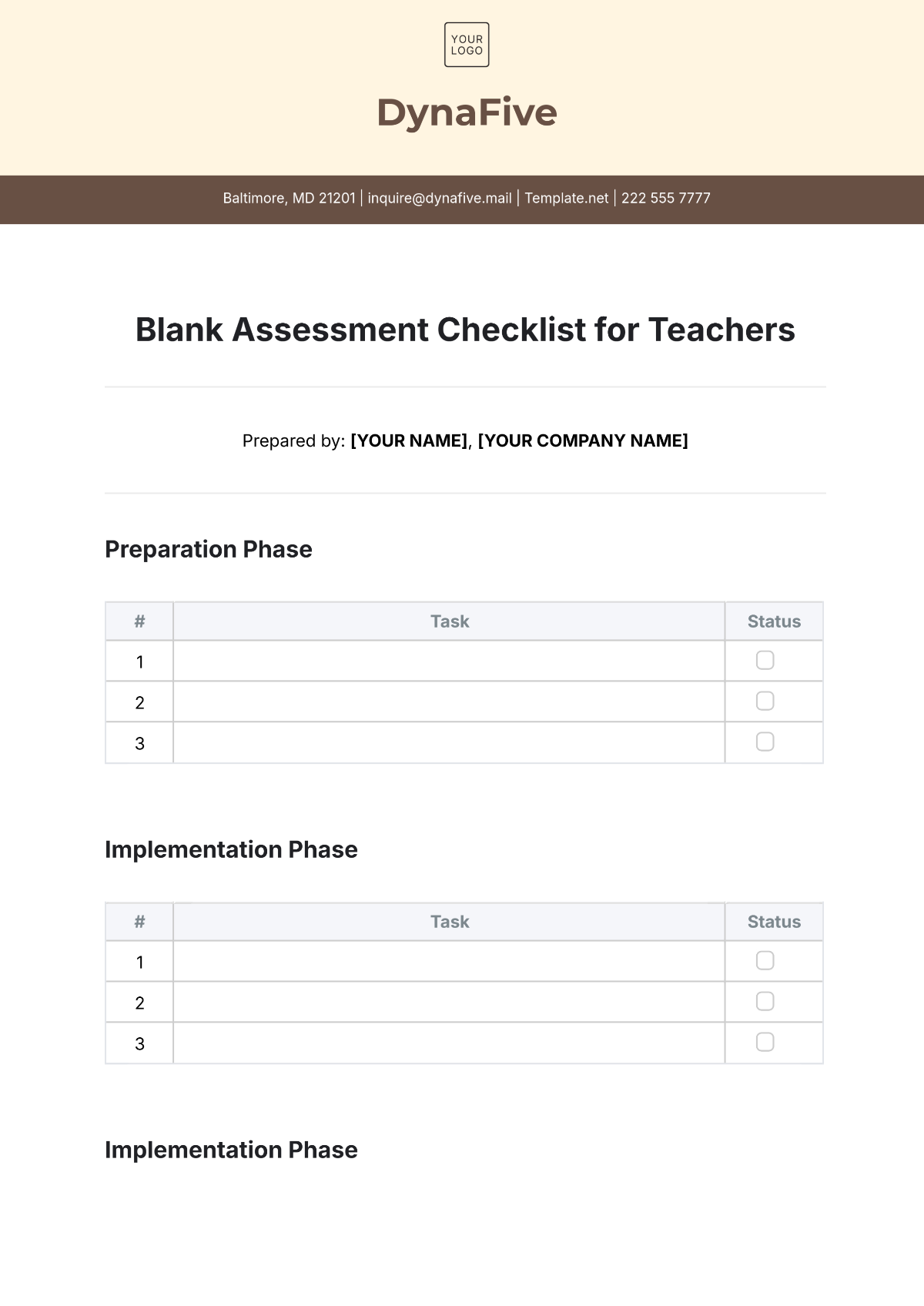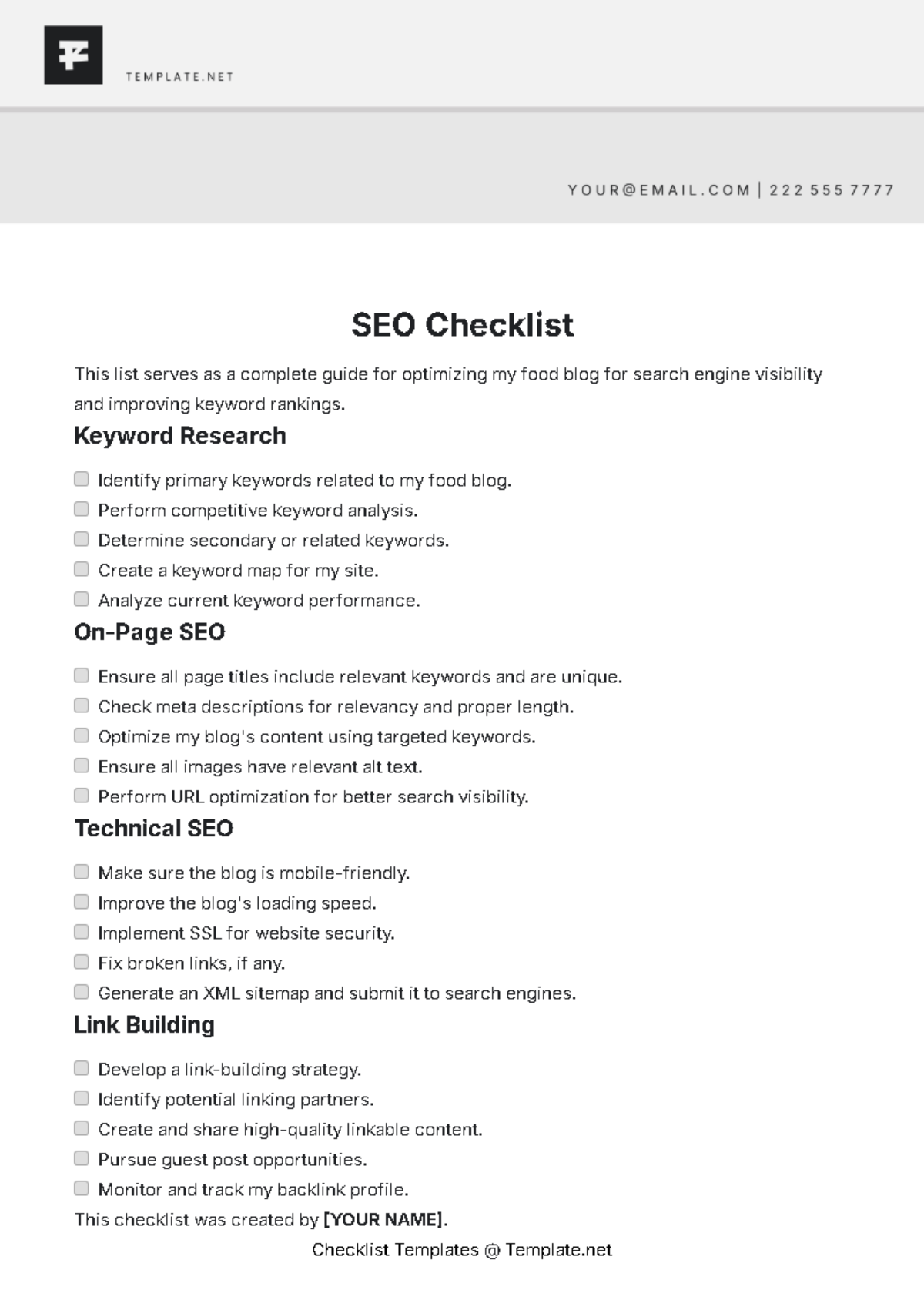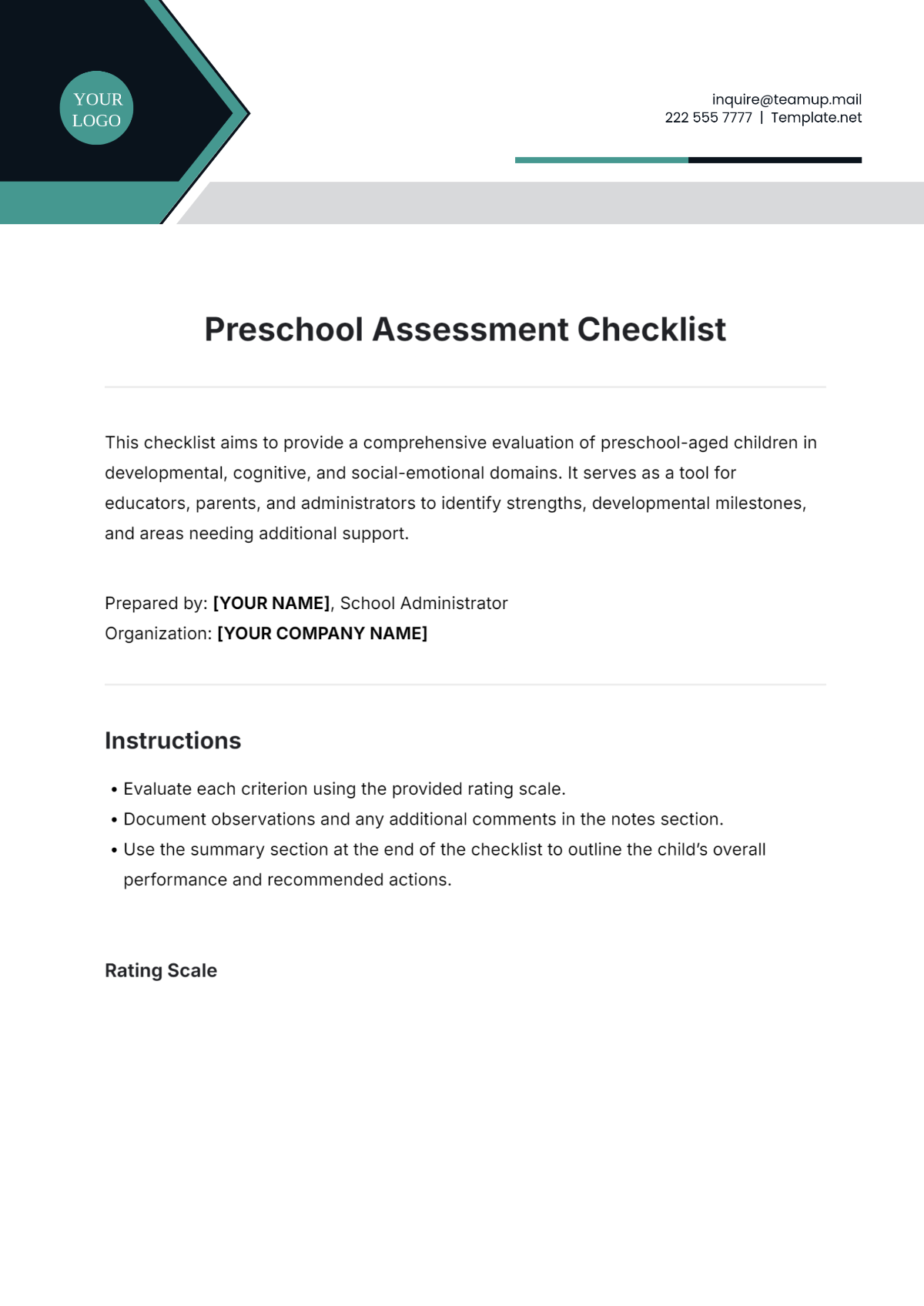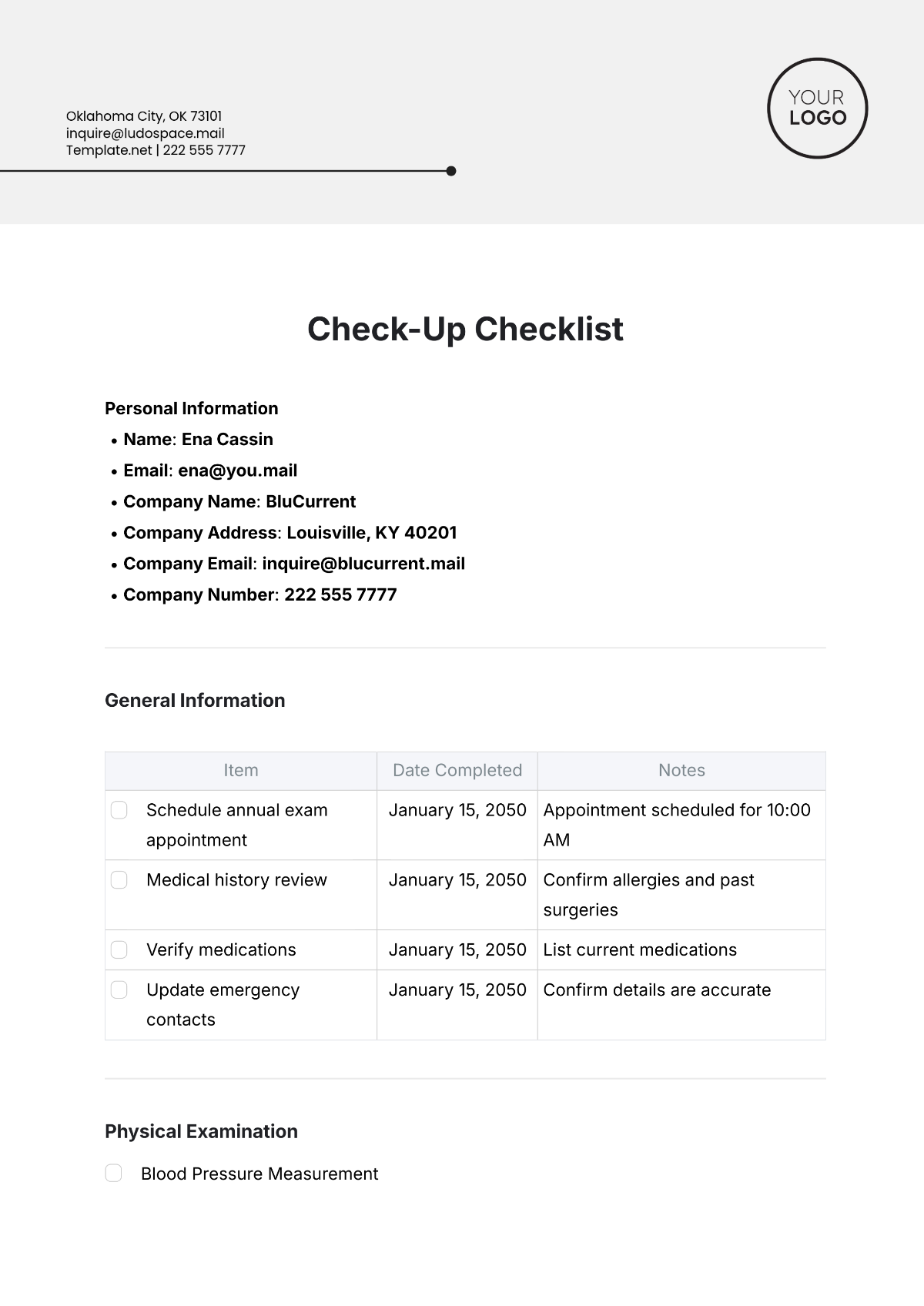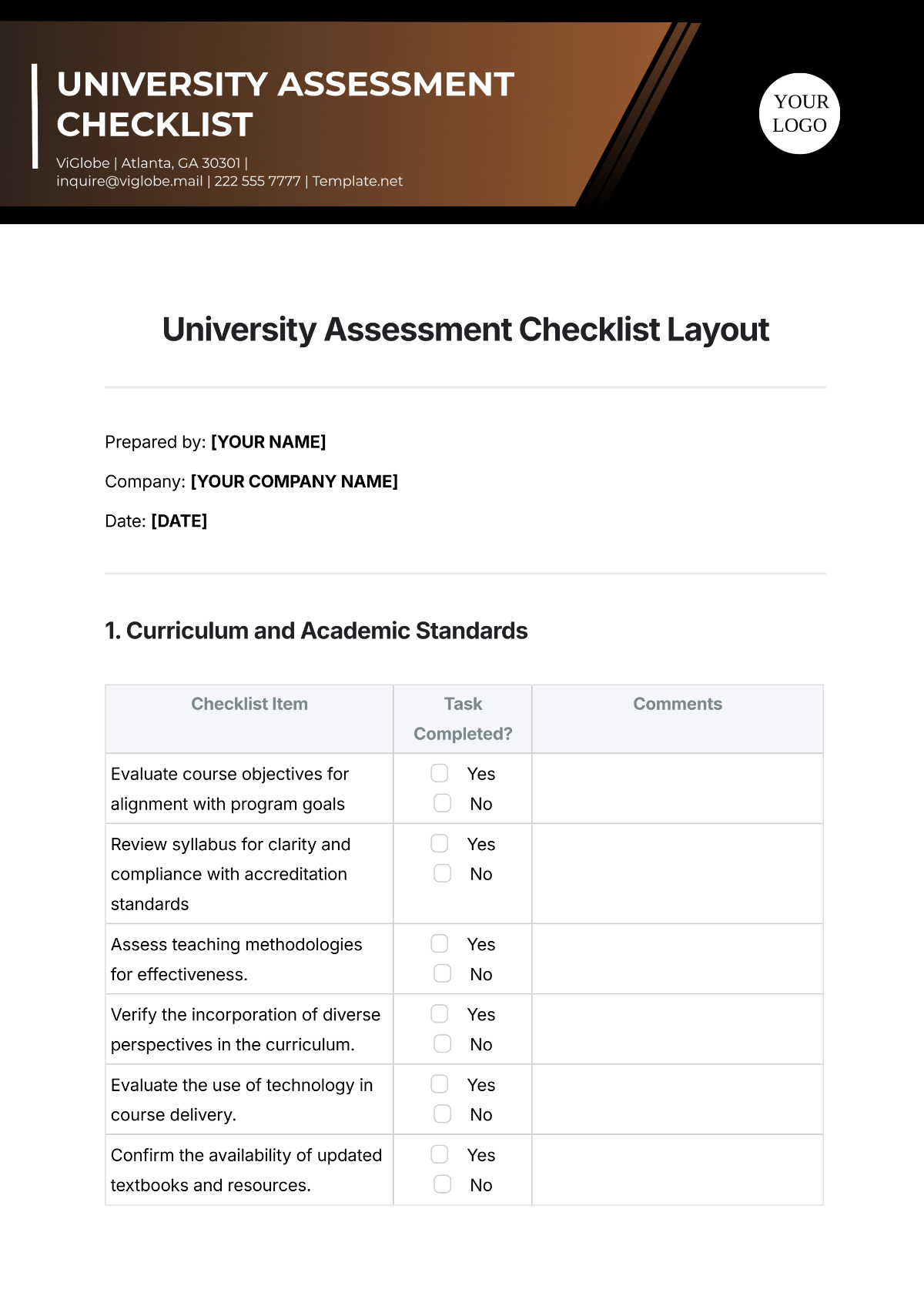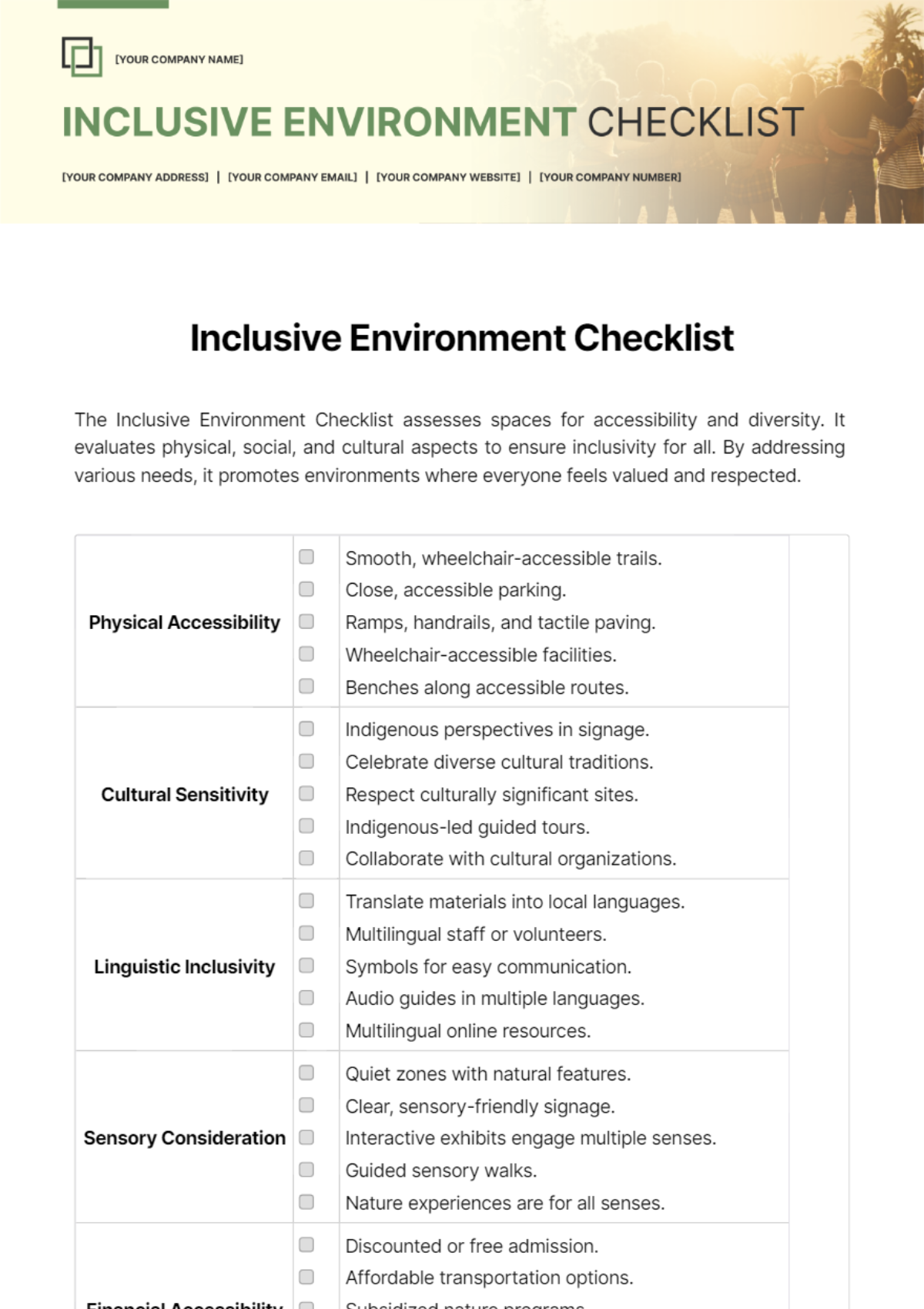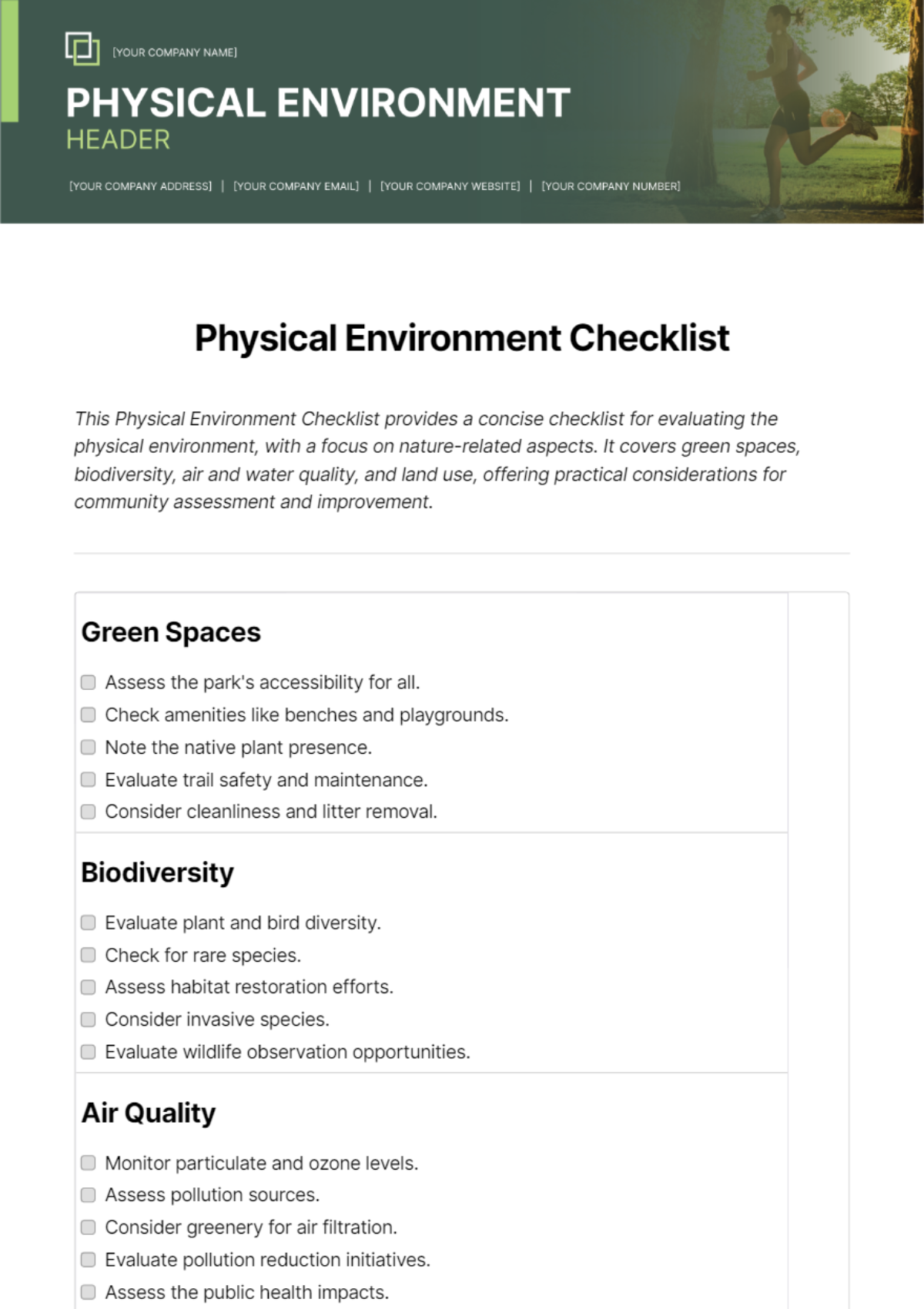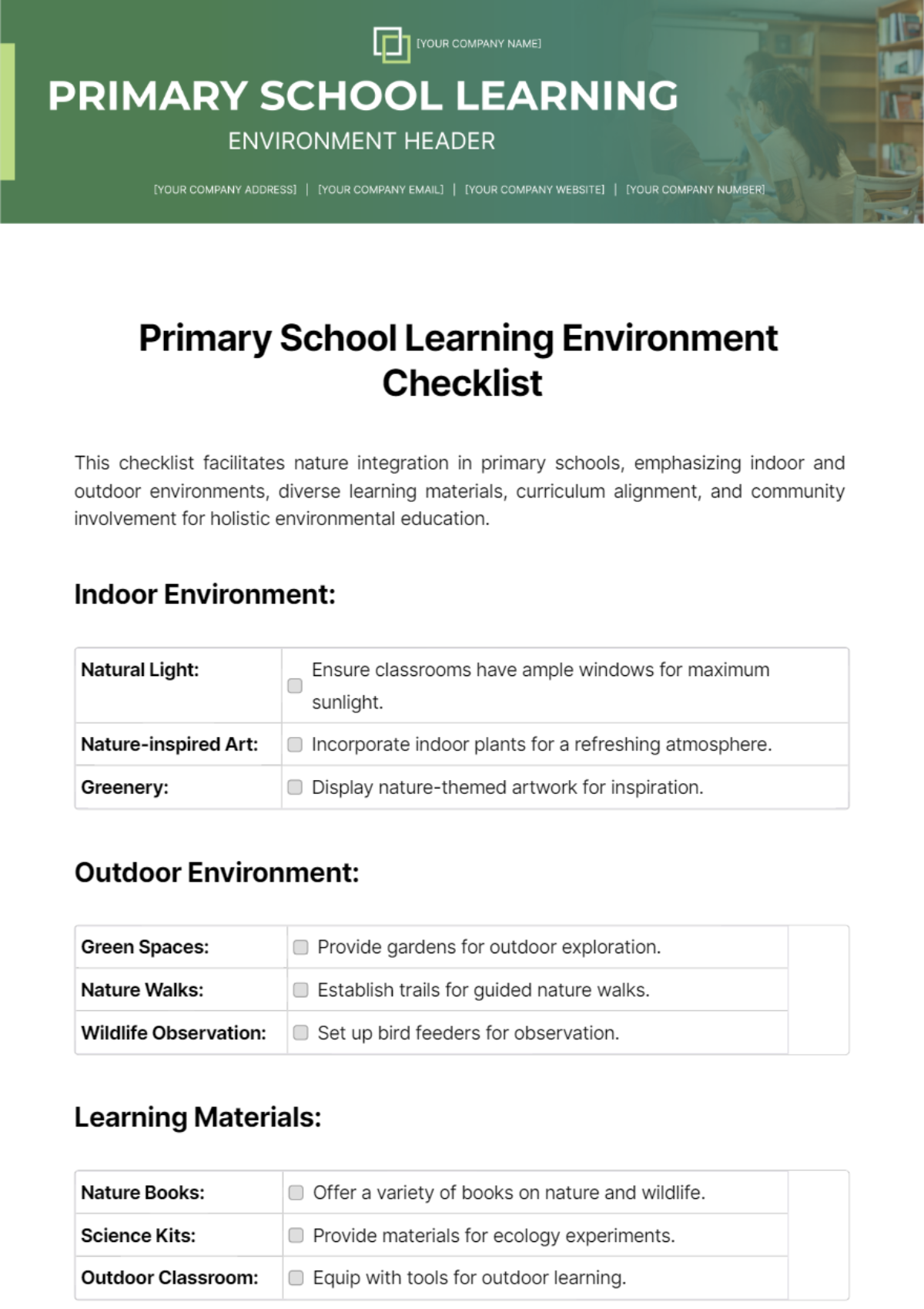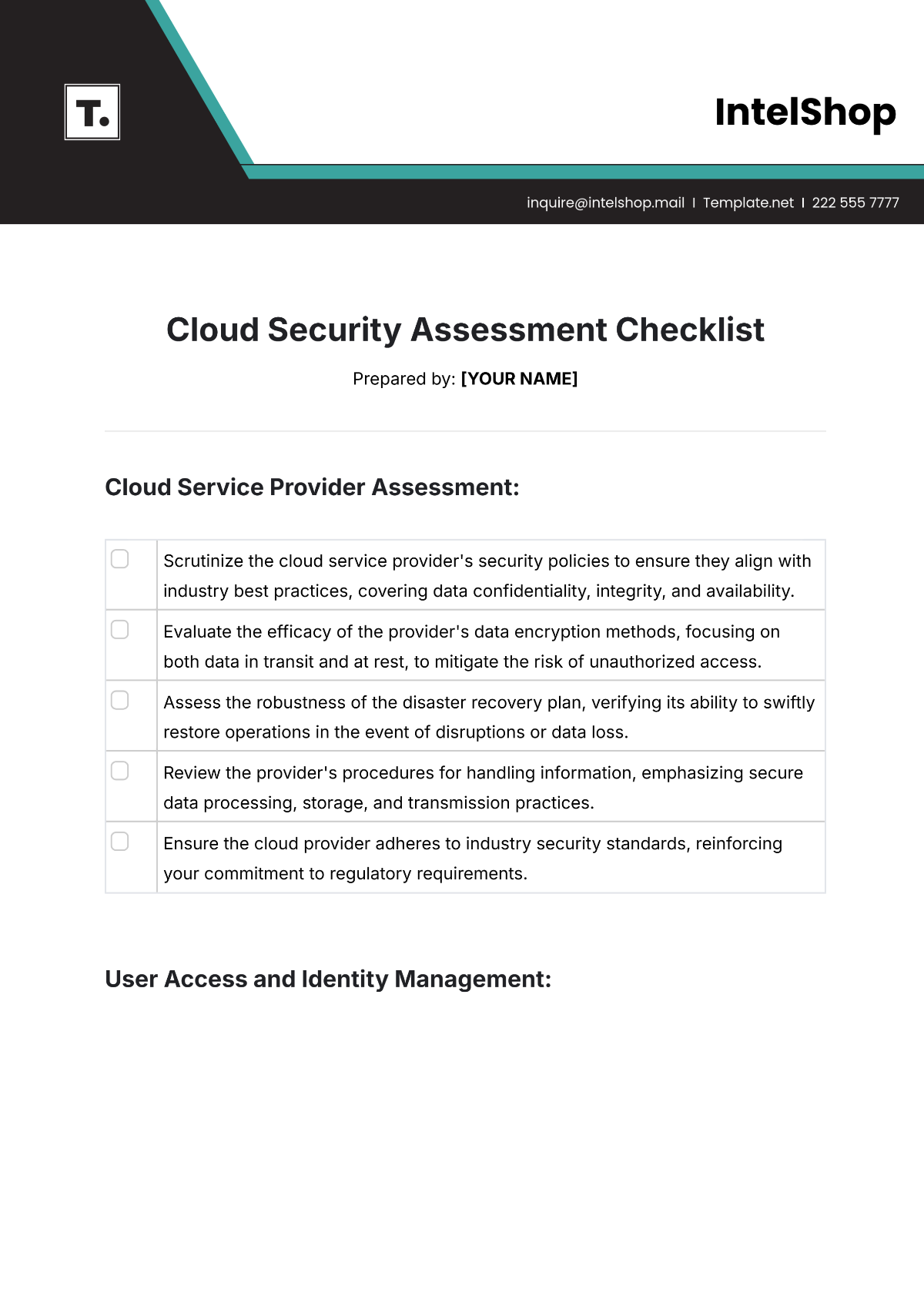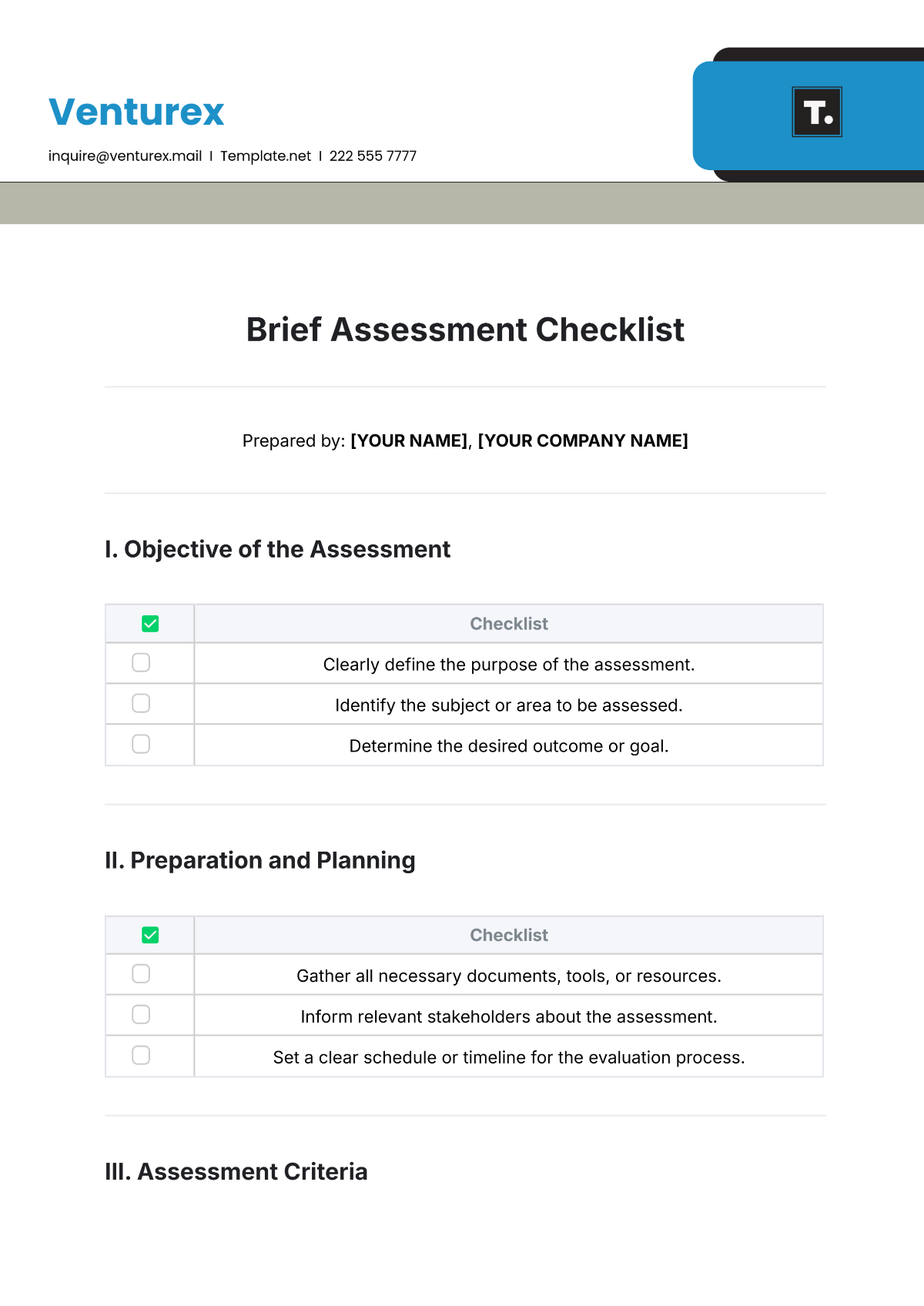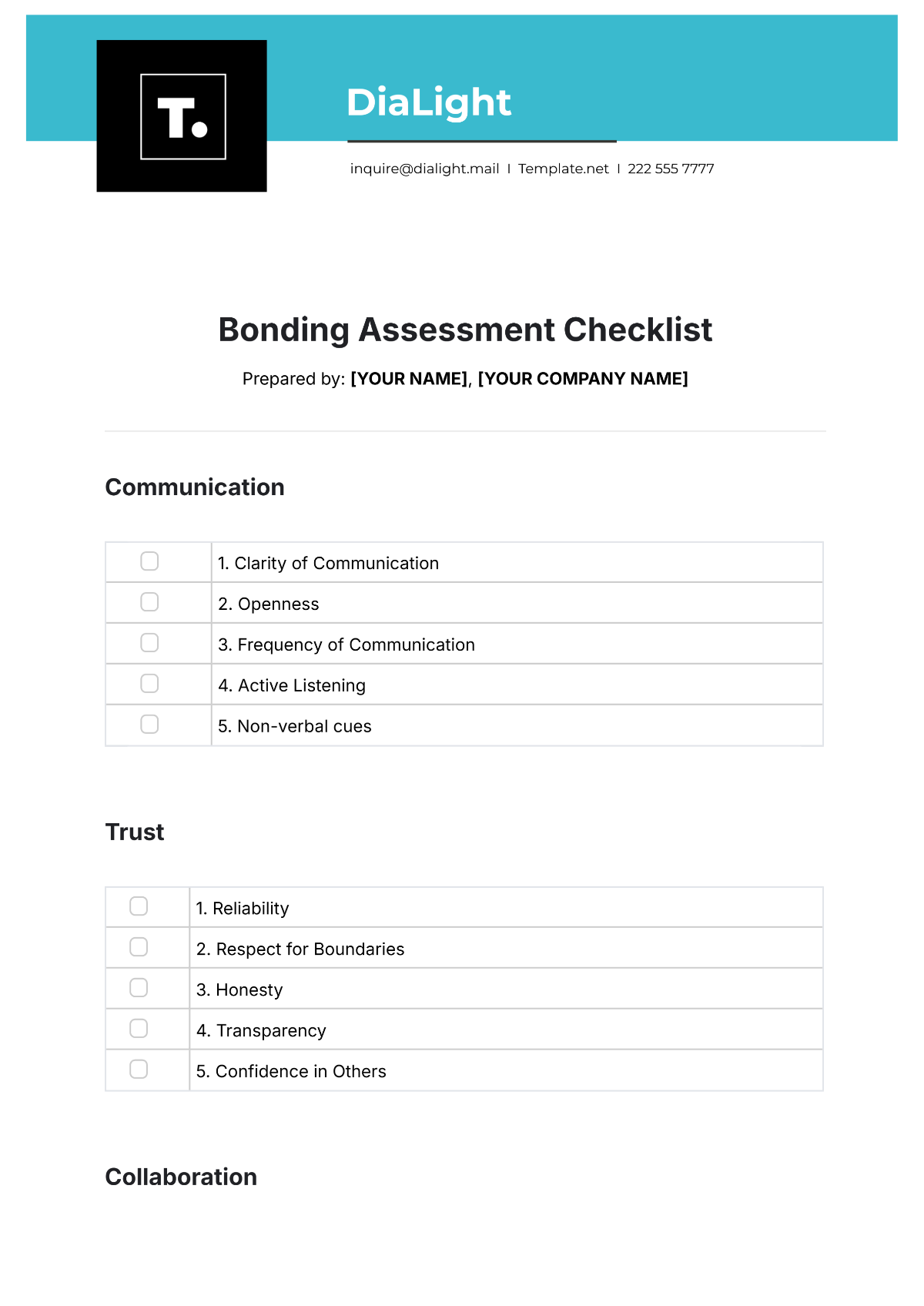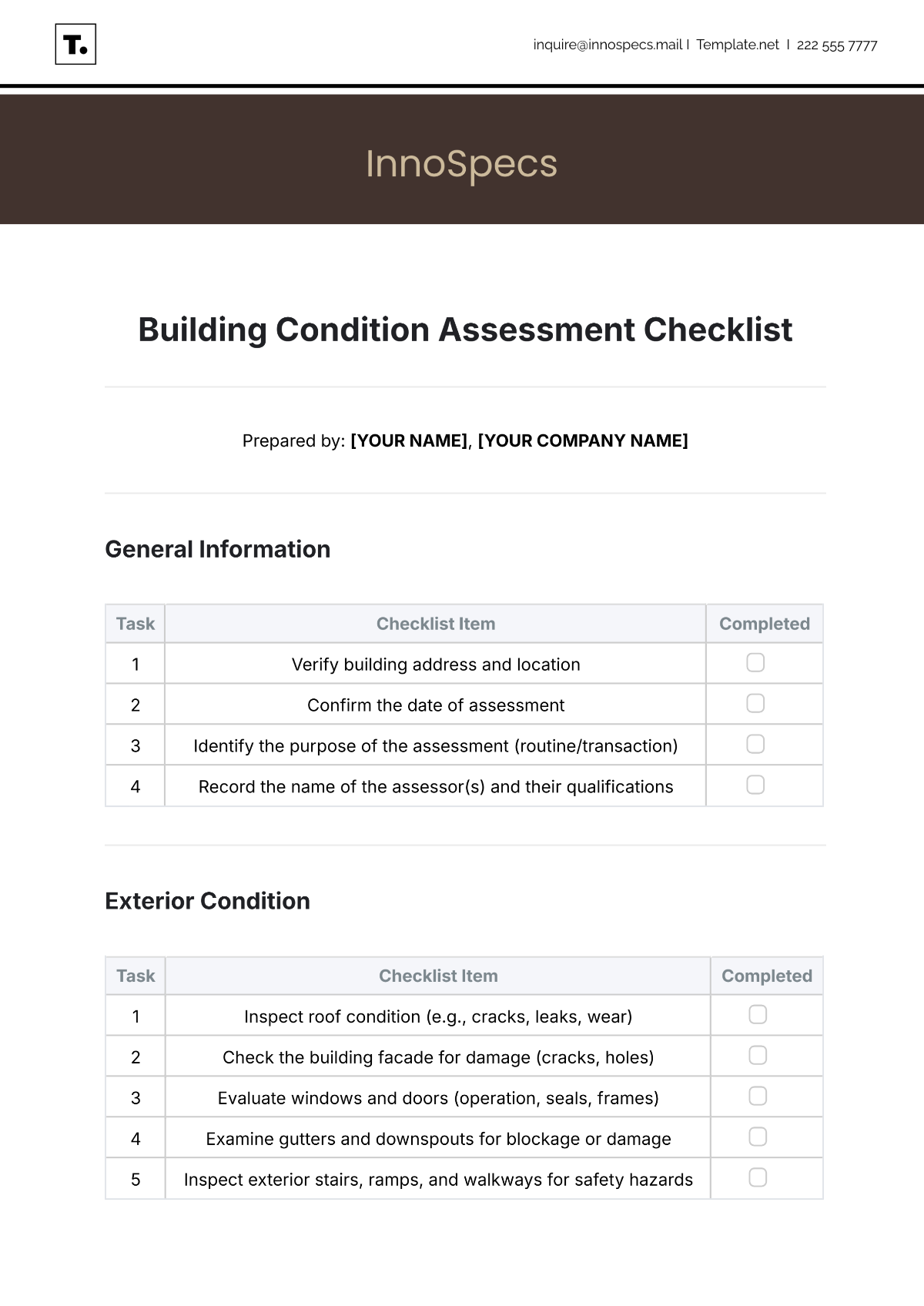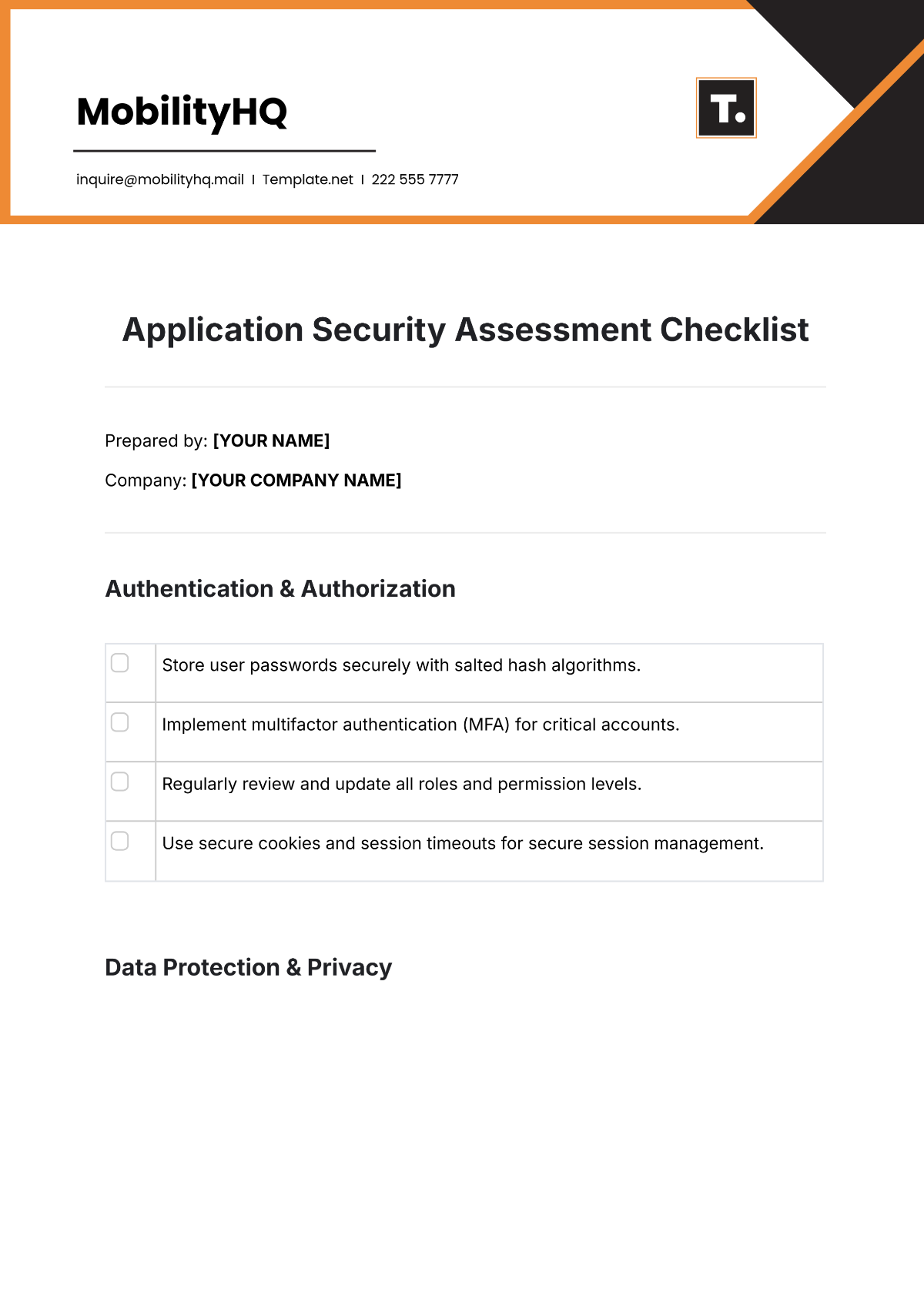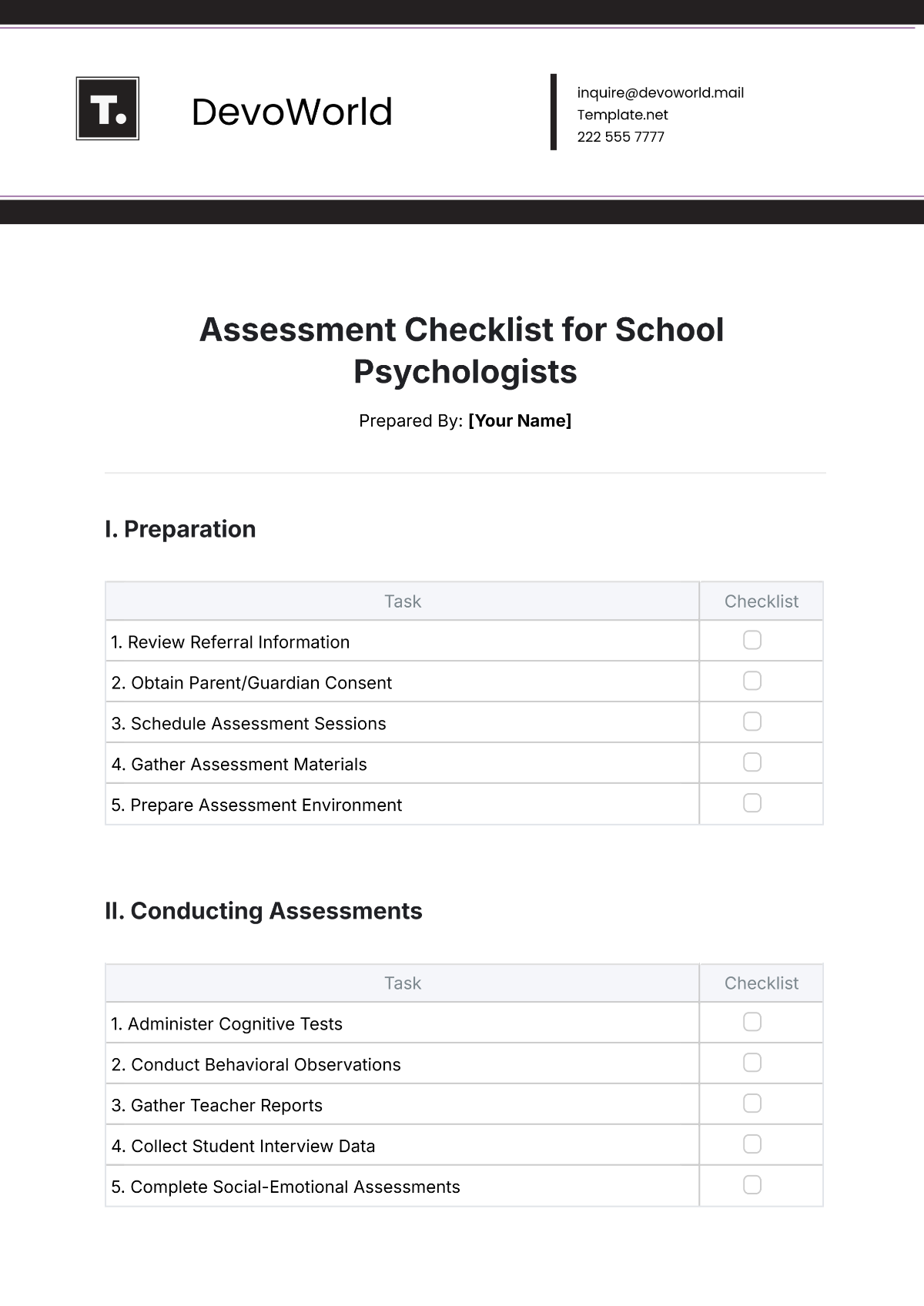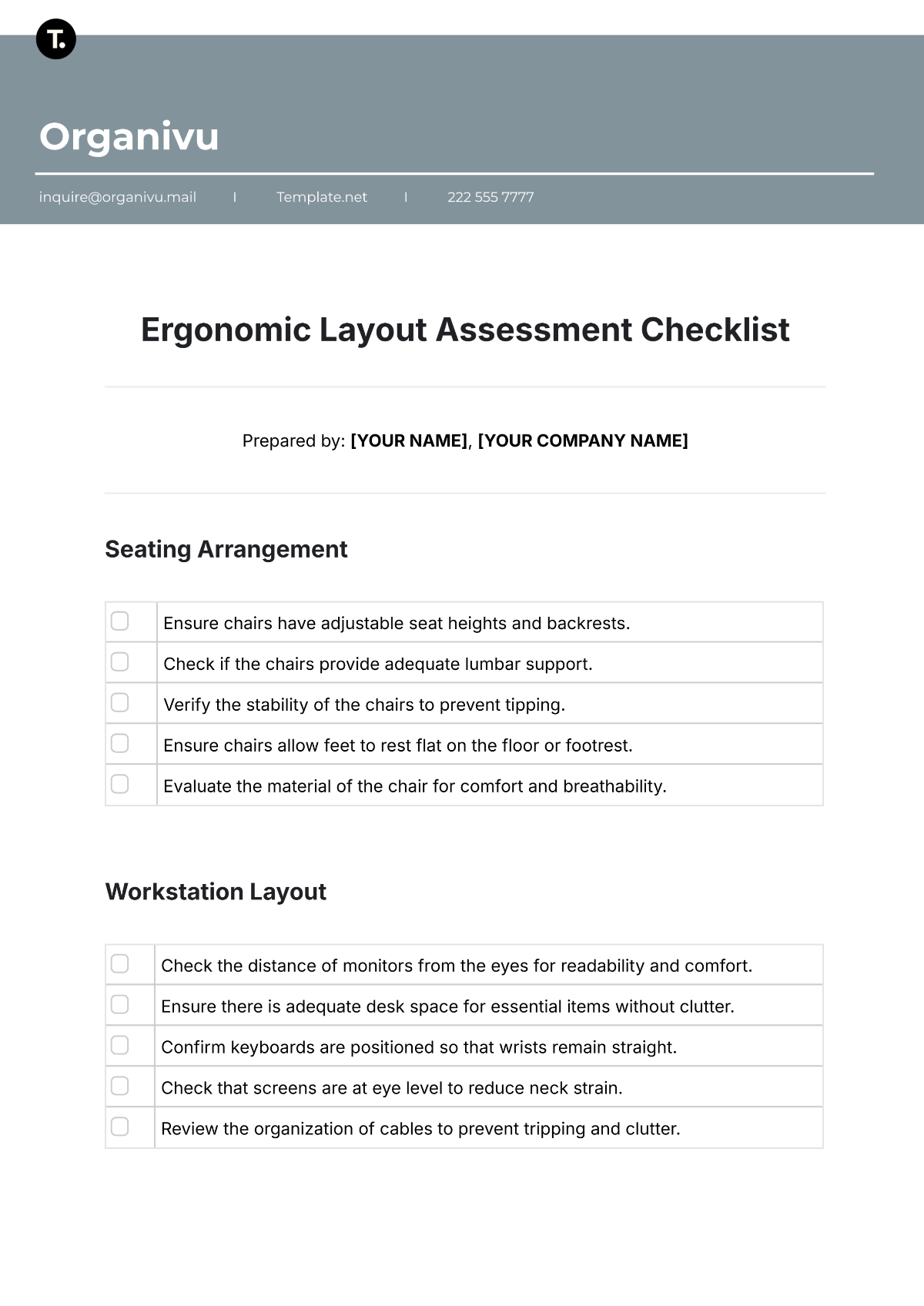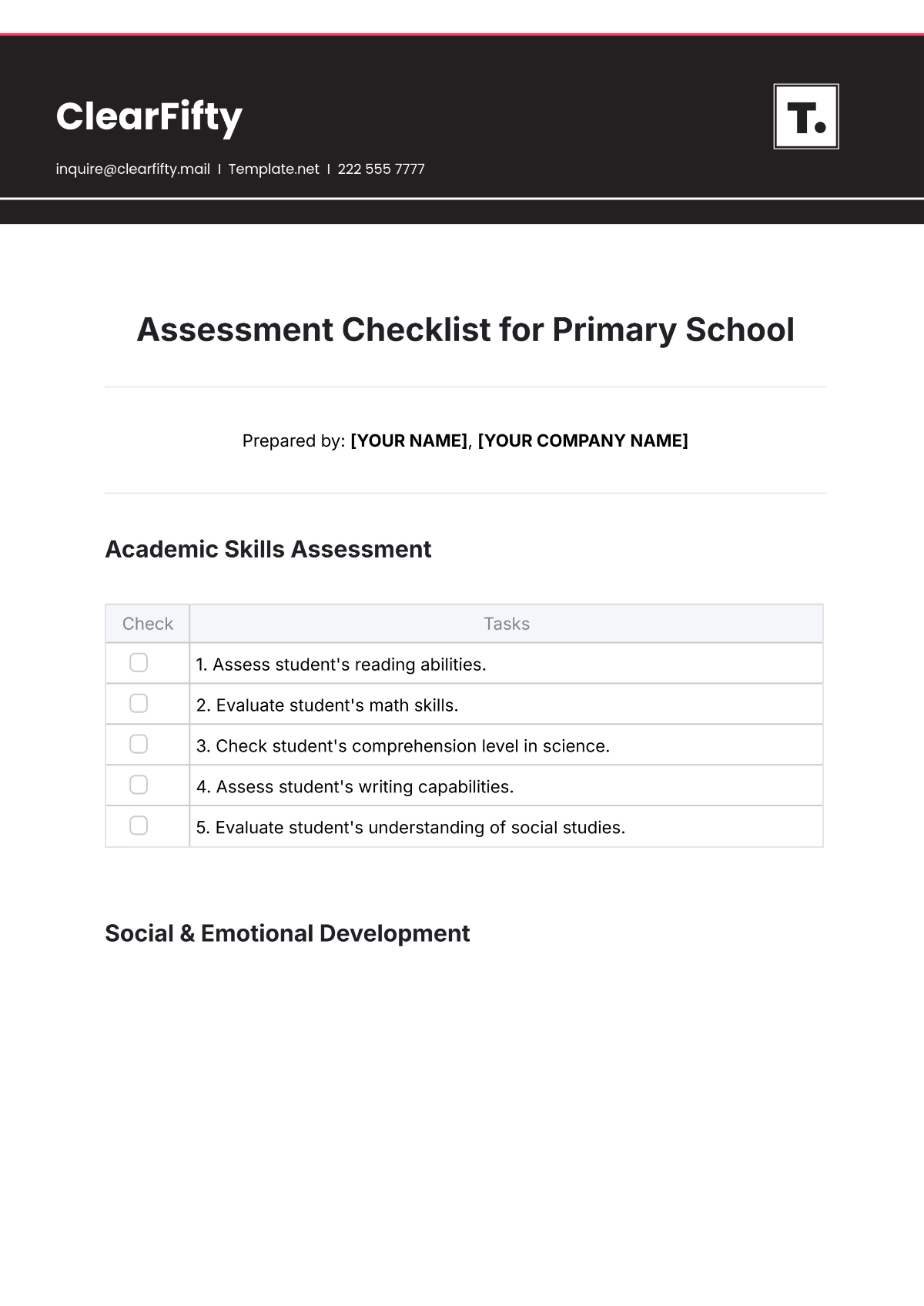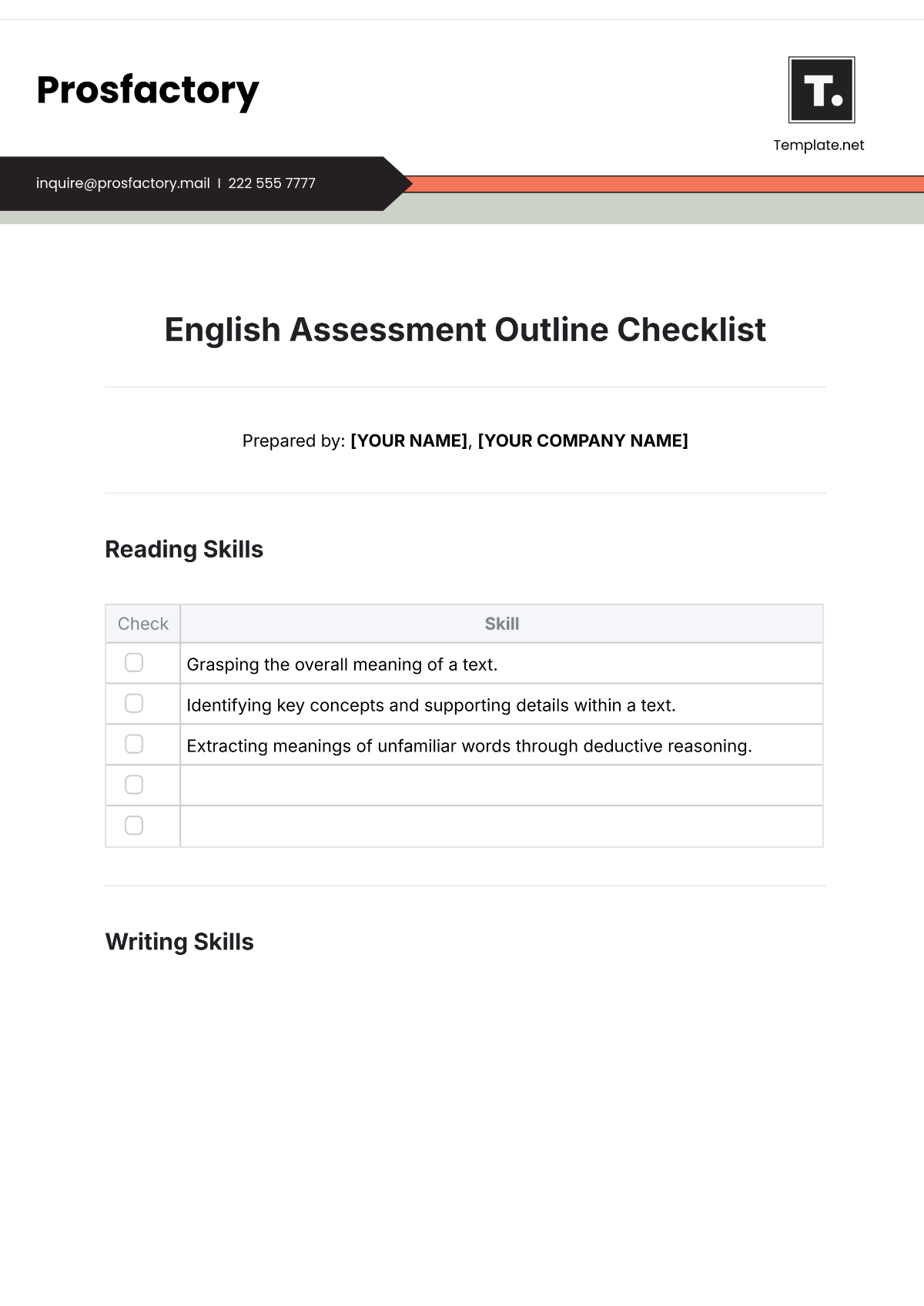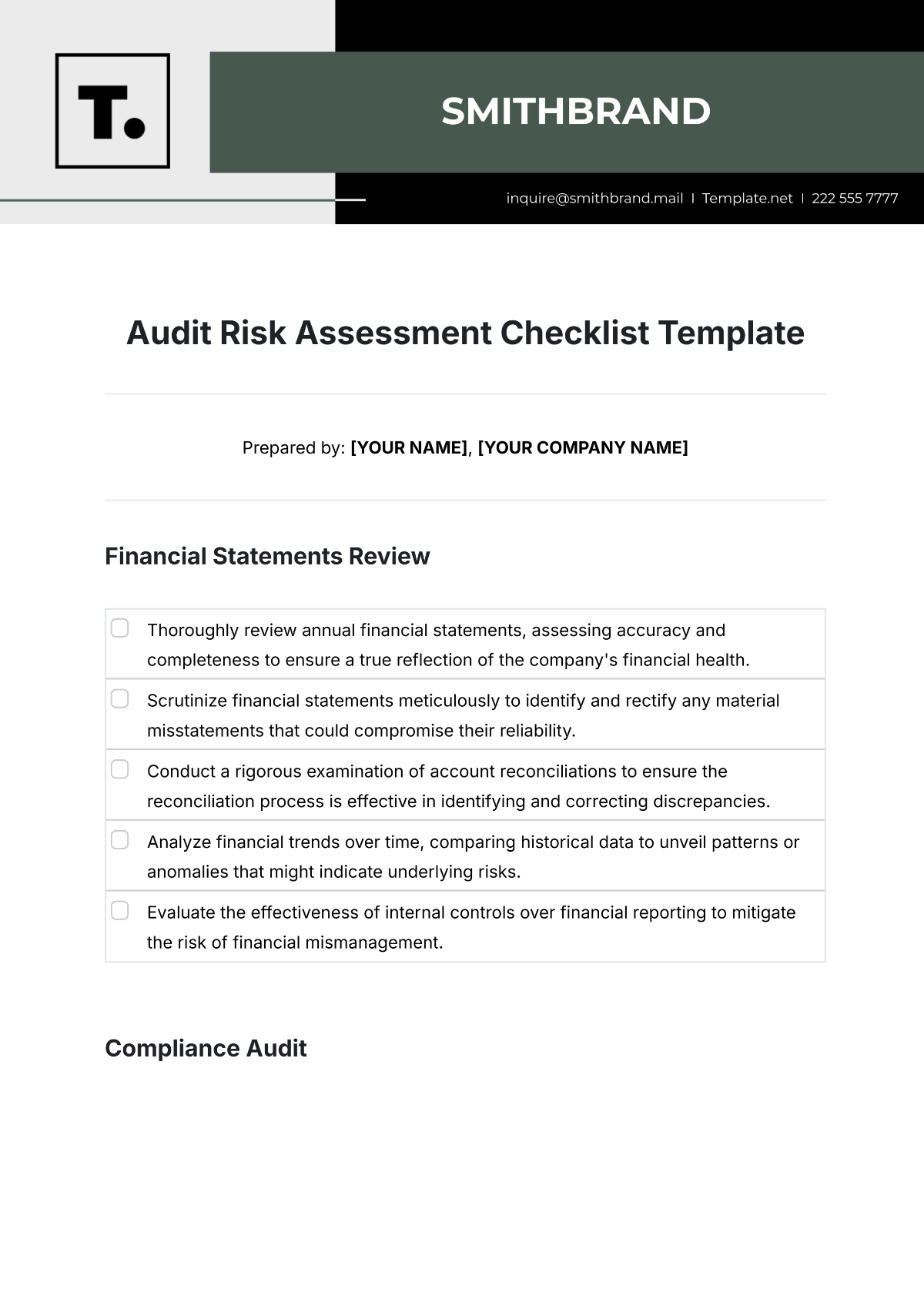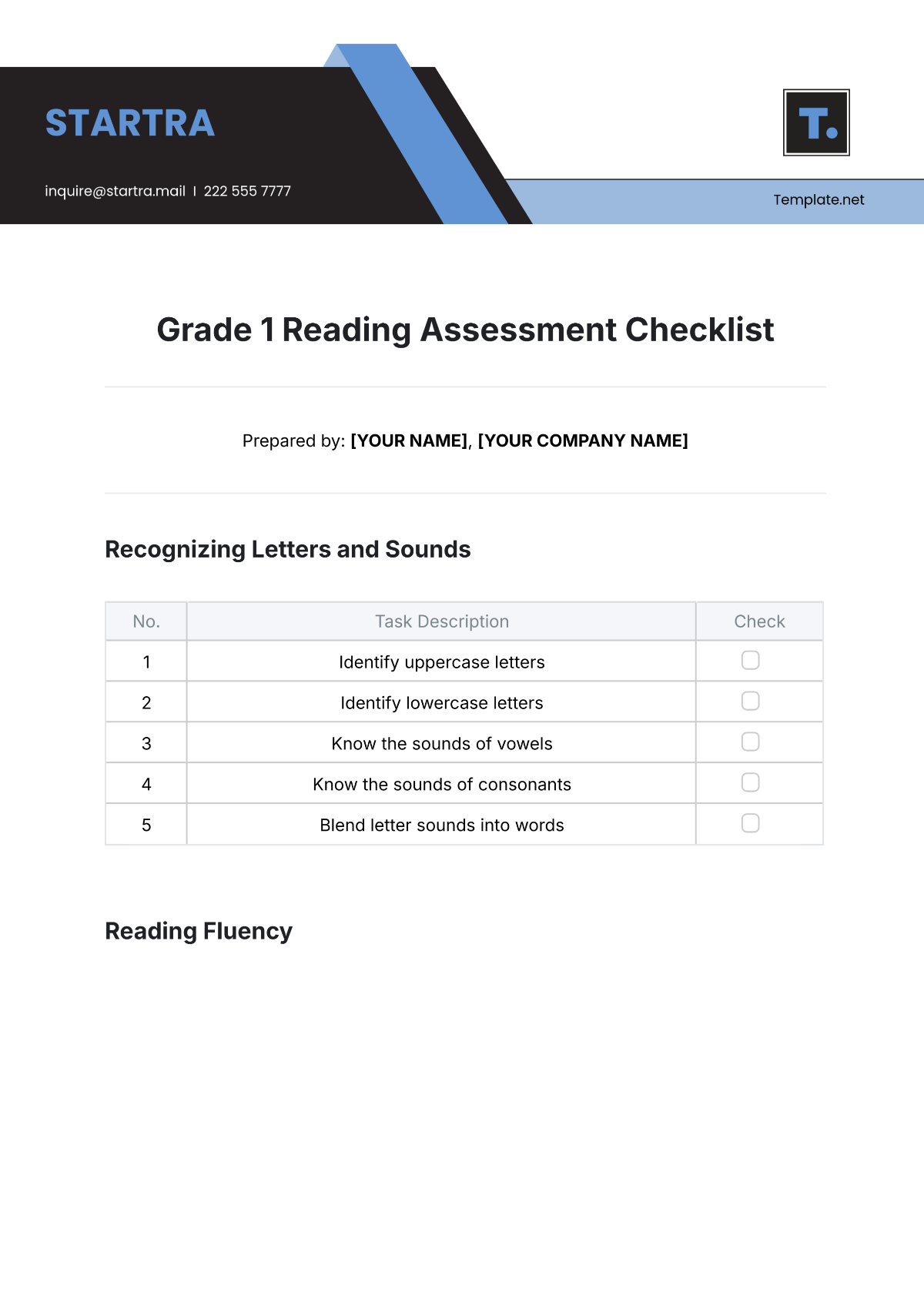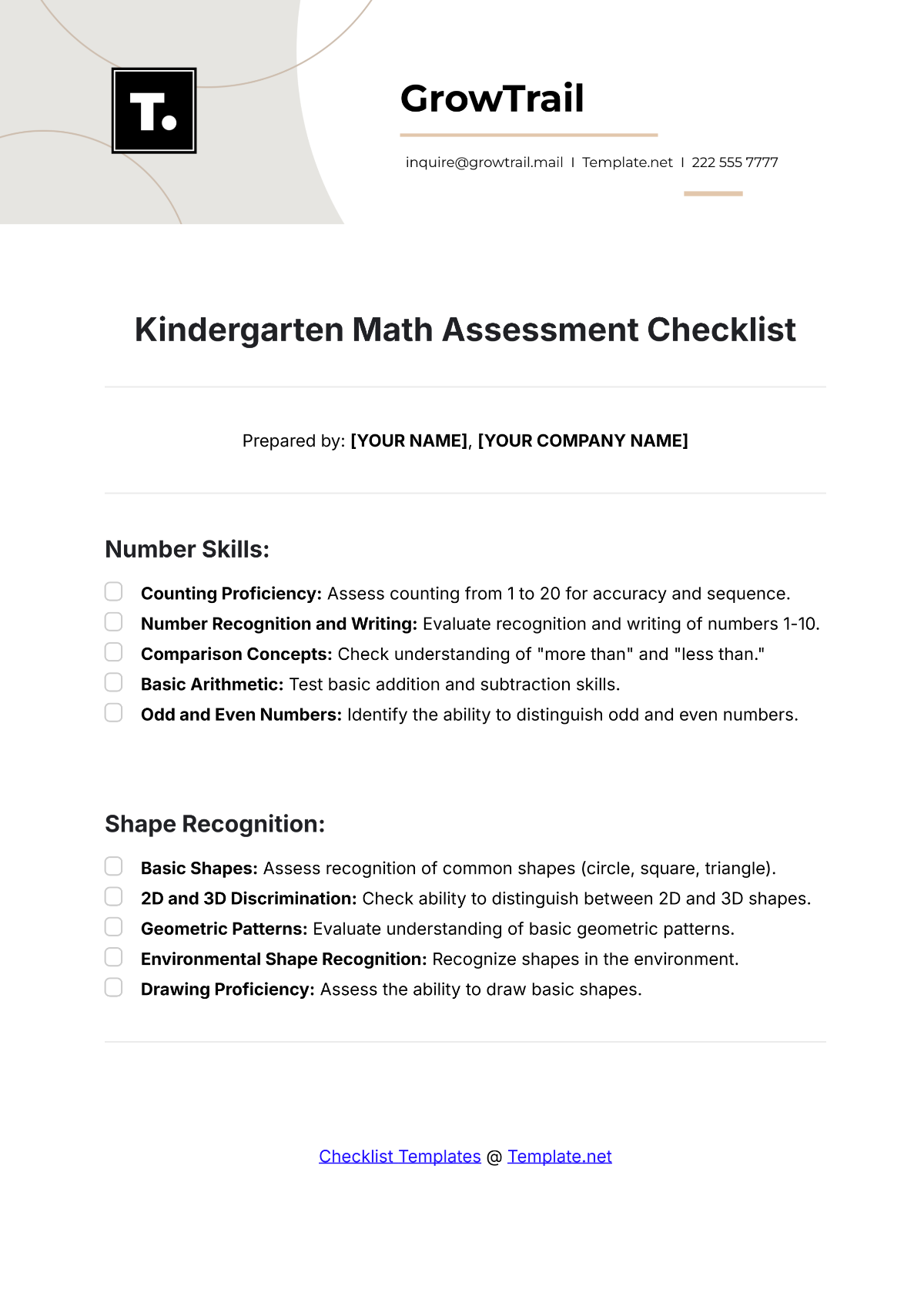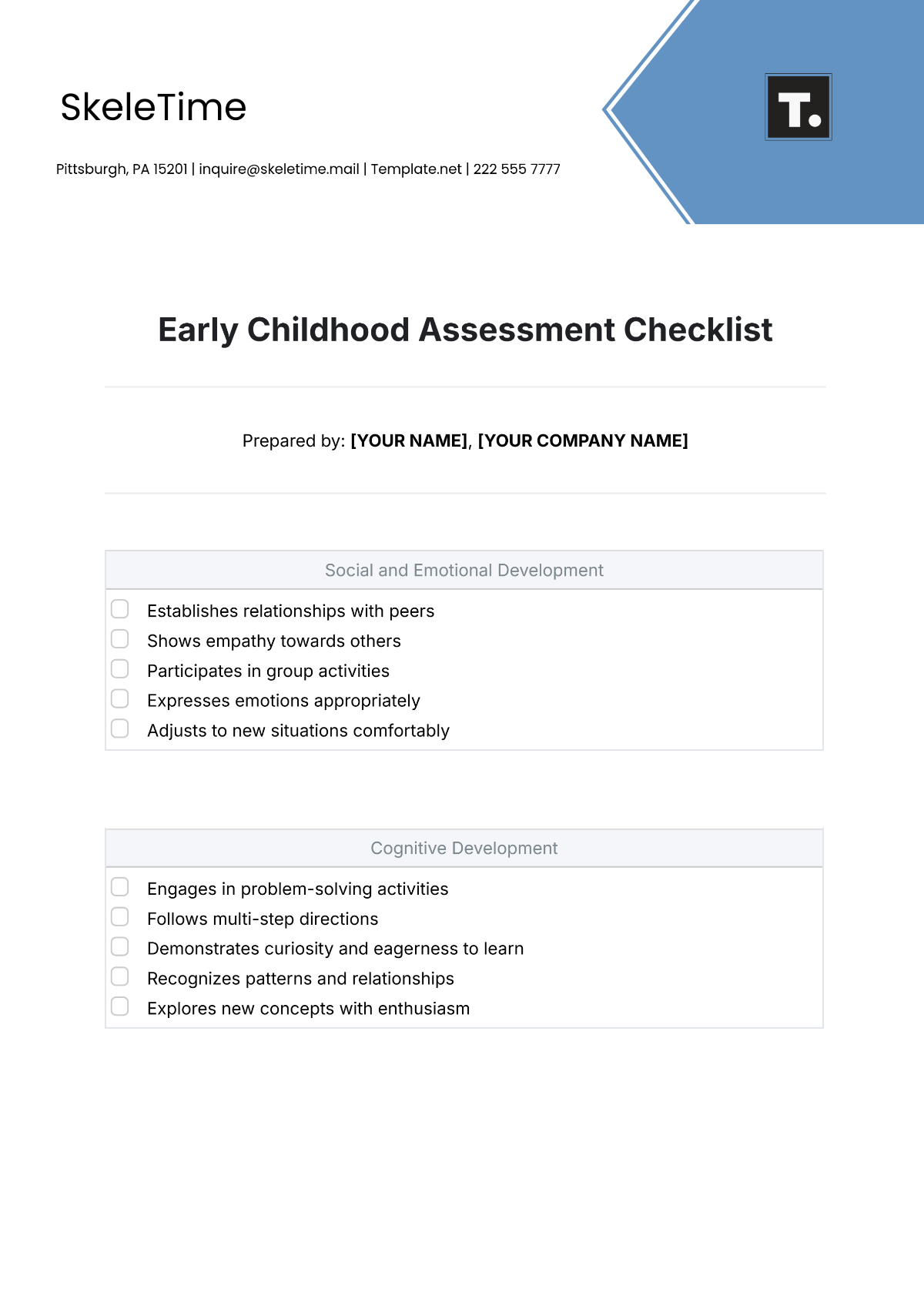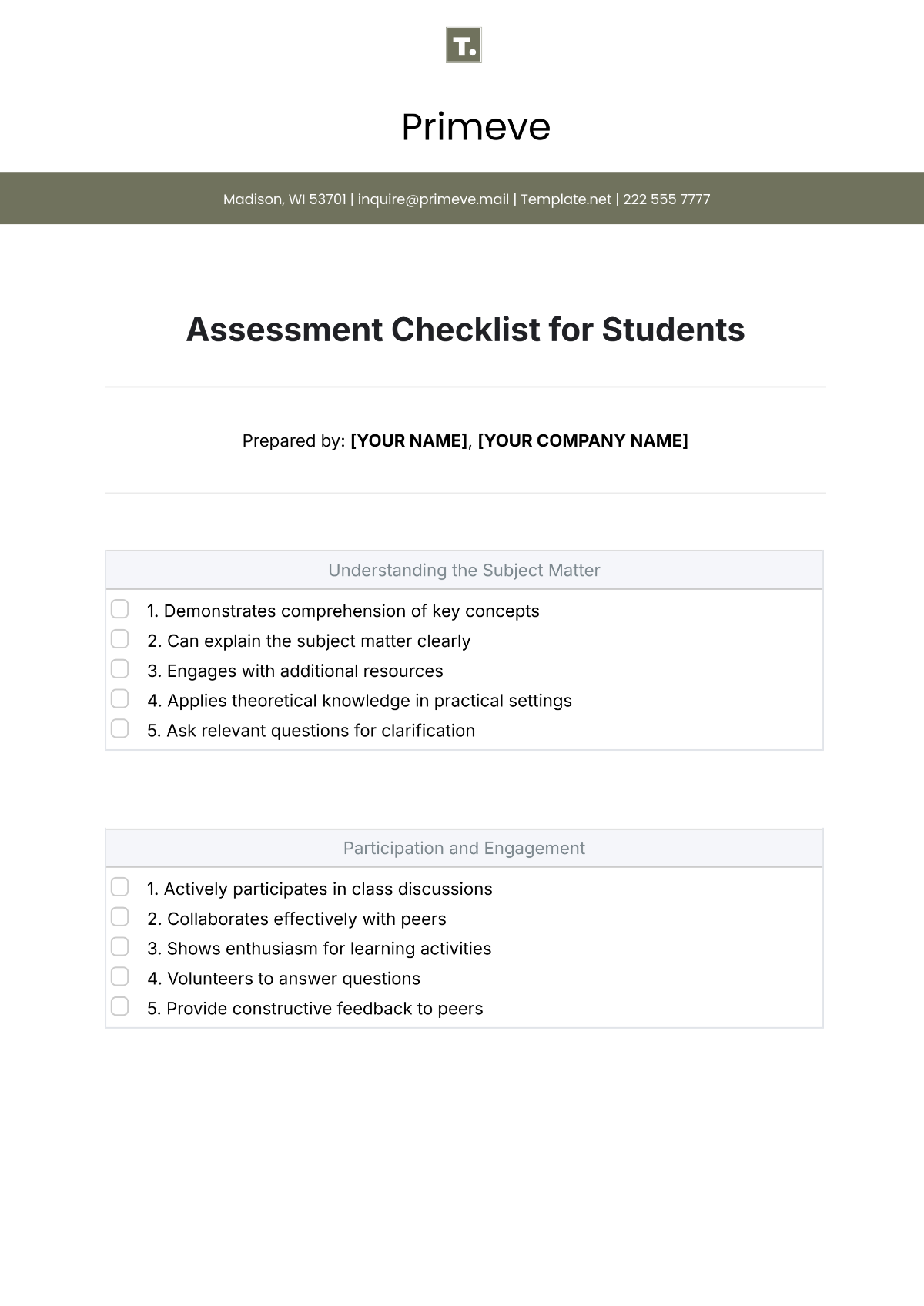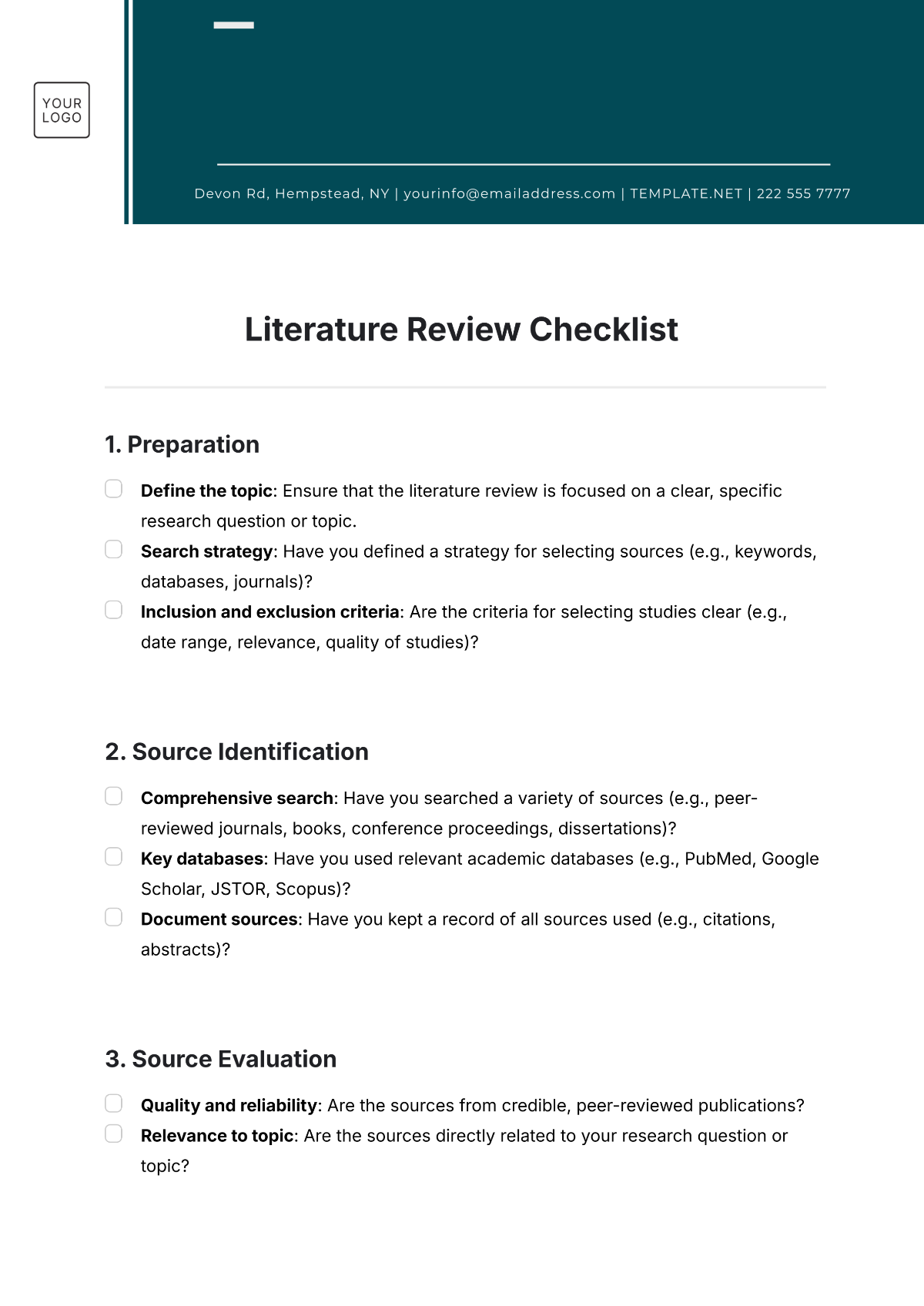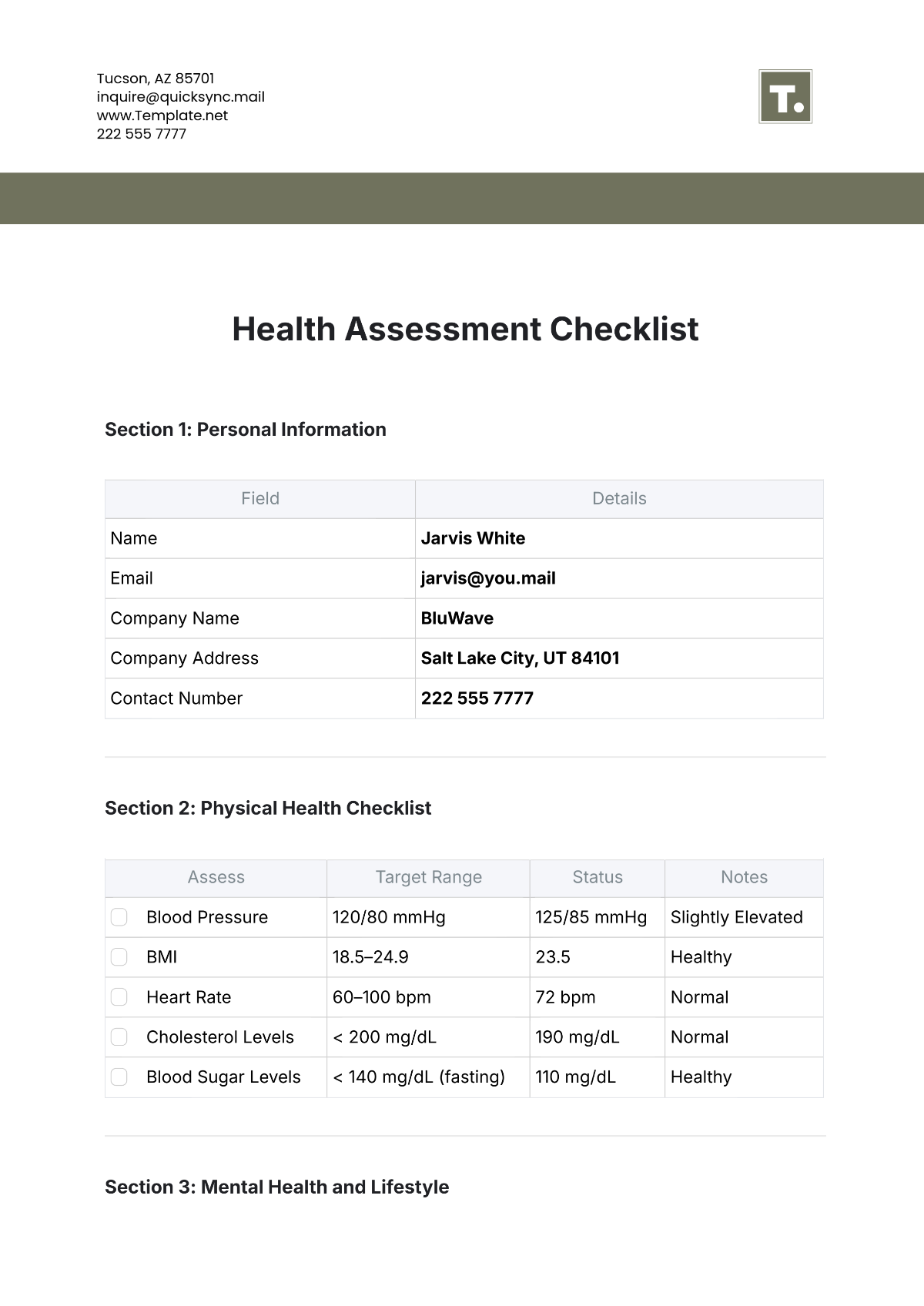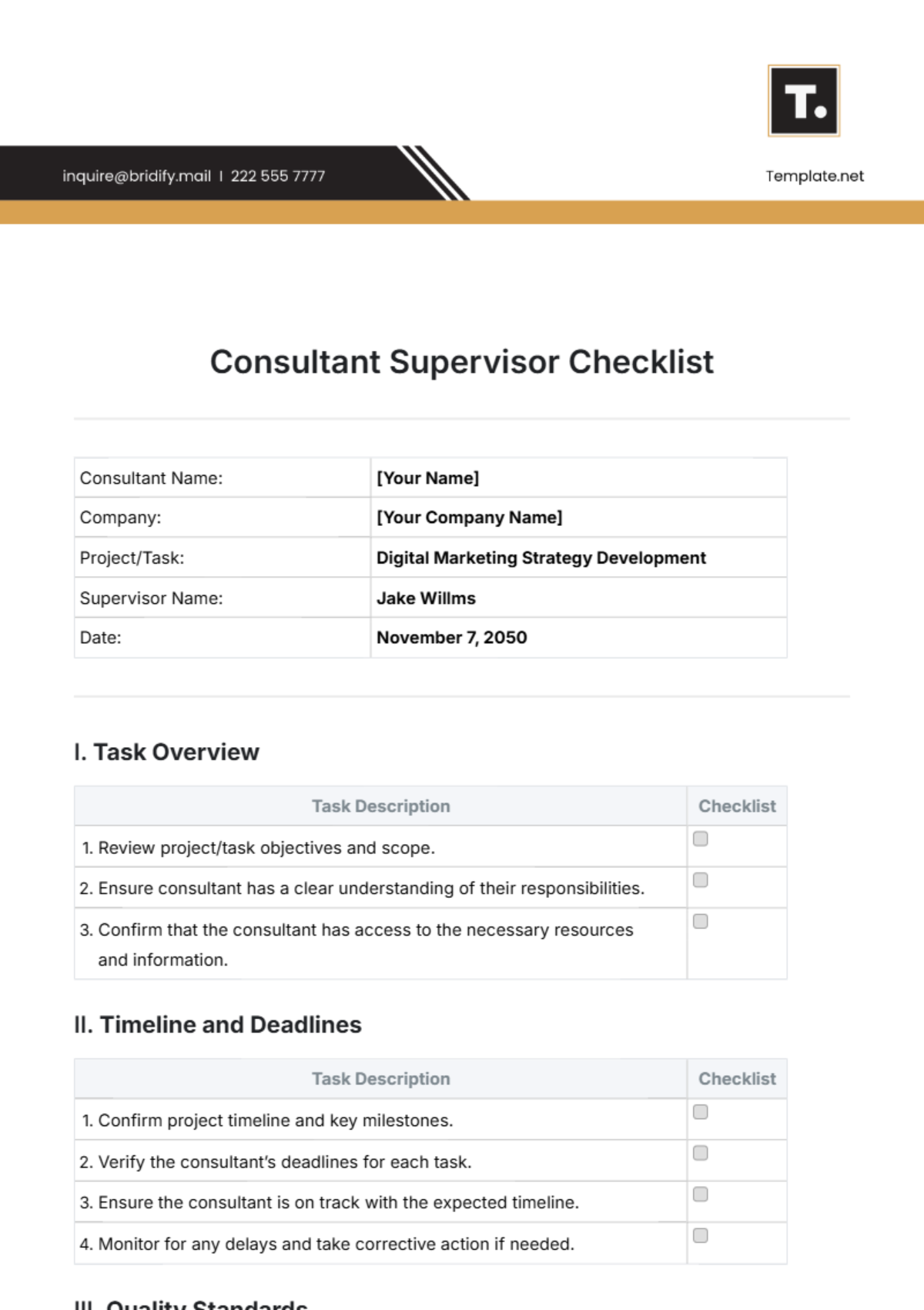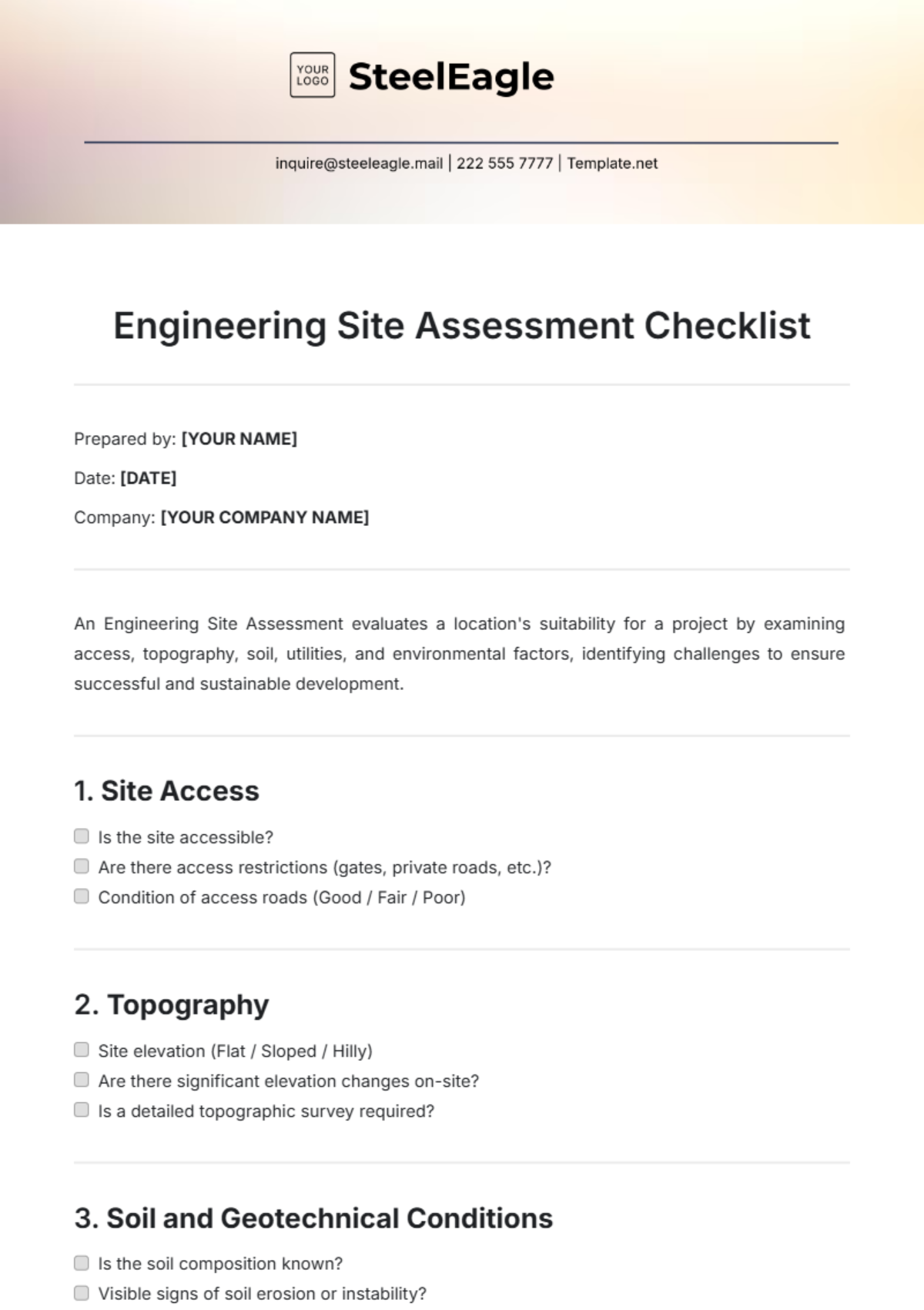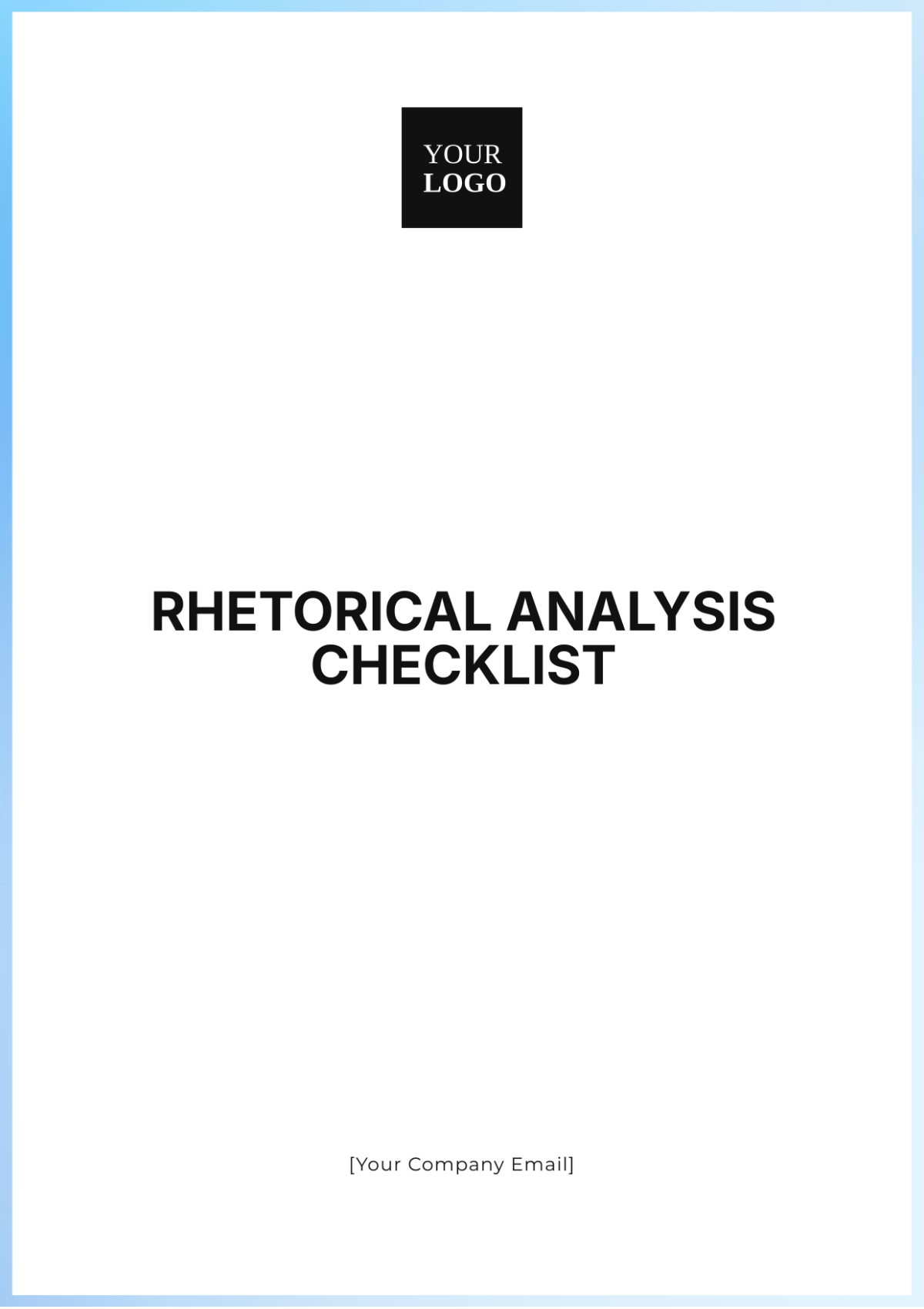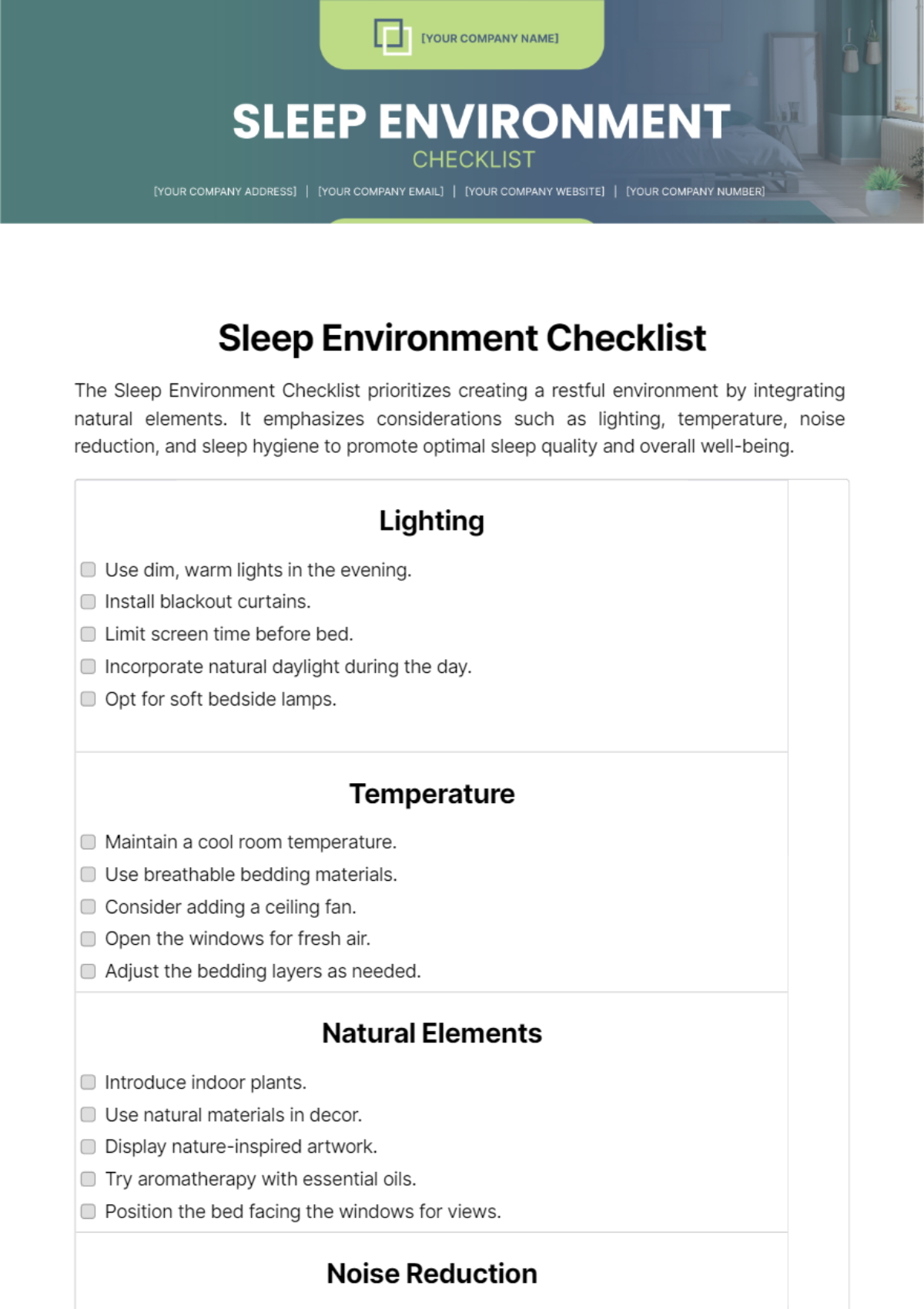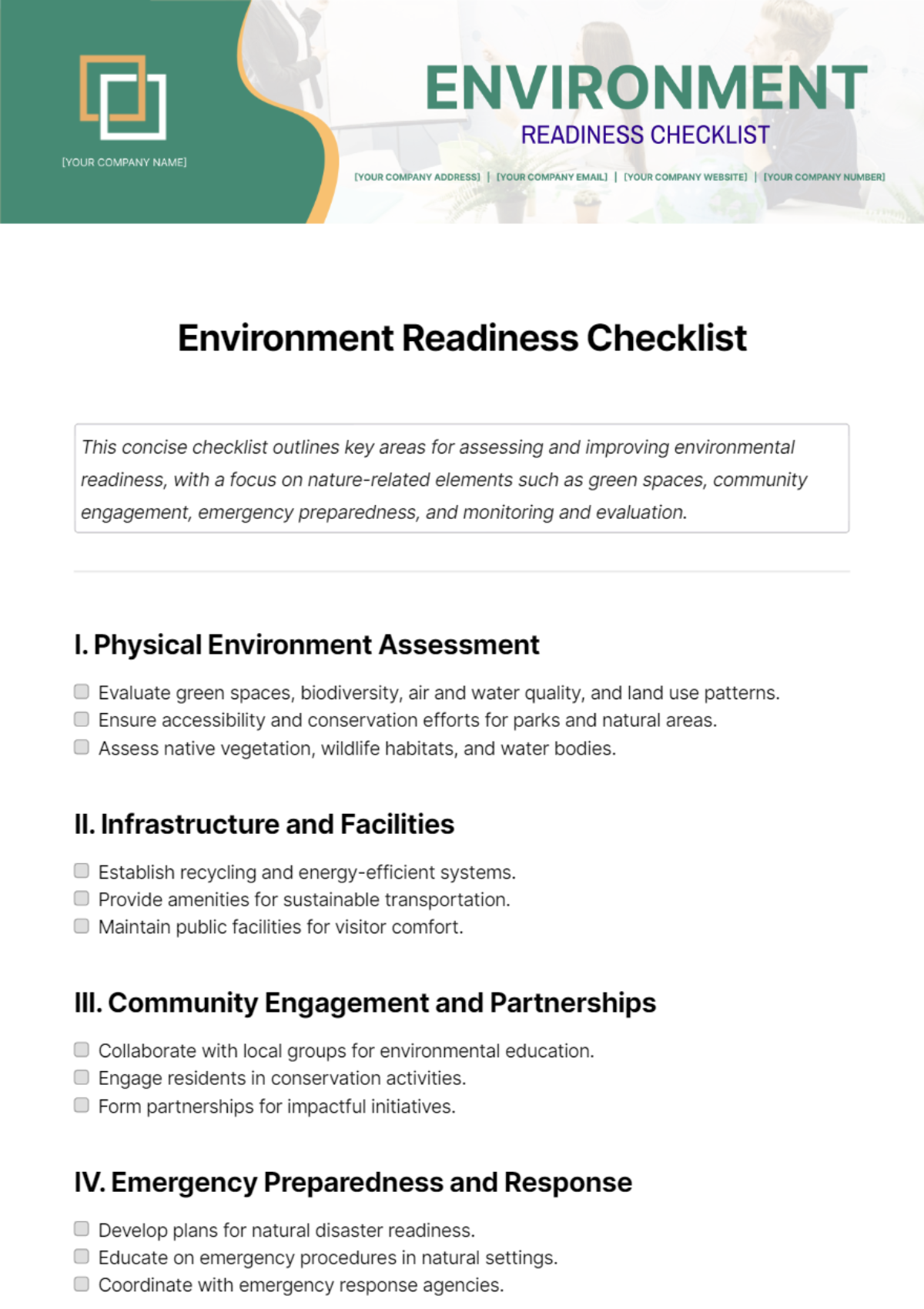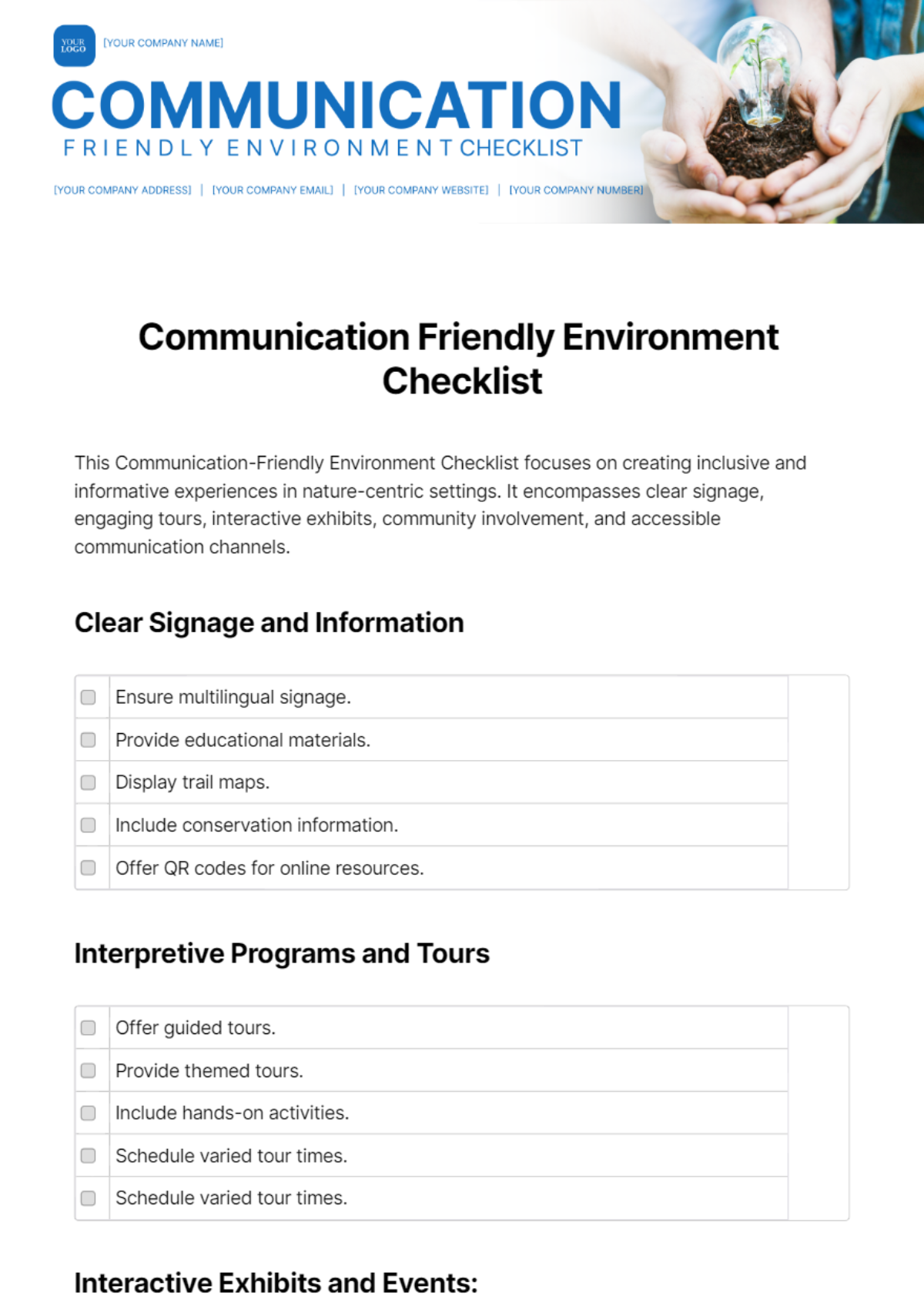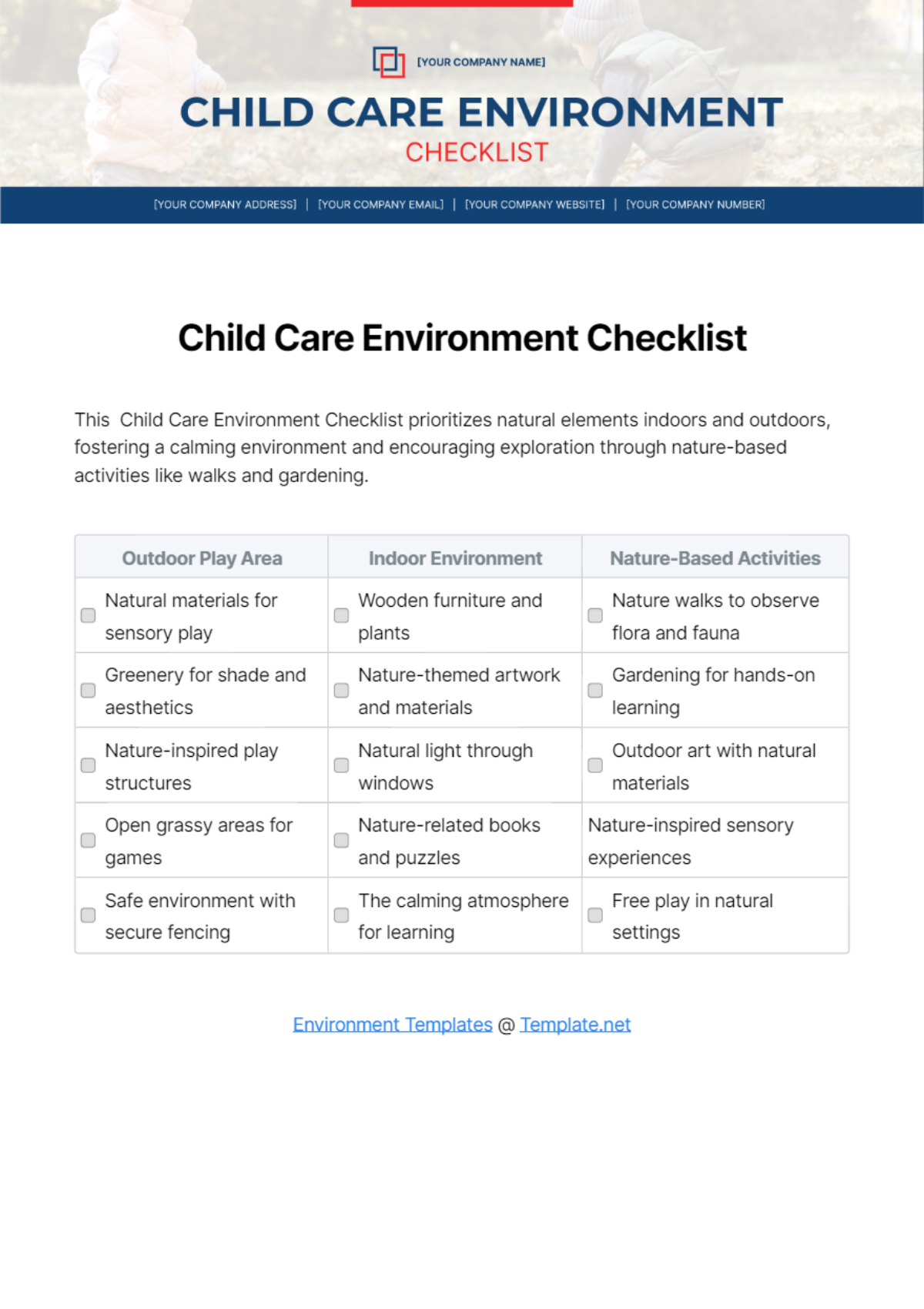Observational Study Checklist
Principal Investigator: [Your Name]
Affiliation: [Your Company Name]
Date: [Date]
1. Introduction
This checklist is designed to guide researchers in planning, implementing, and evaluating an observational study on the effects of a new educational intervention aimed at improving student behavior in elementary classrooms. It ensures that all critical aspects of the study are addressed, from defining the research objectives to documenting observations and ensuring ethical compliance.
2. Study Design and Objectives
Defining Research Objectives
Purpose of the Study: This study aims to evaluate the effectiveness of a new behavior management program implemented in elementary classrooms. The goal is to assess changes in student behavior and engagement as a result of the intervention.
Hypotheses or Questions:
Hypothesis 1: The new behavior management program will result in a significant reduction in disruptive behavior among students.
Hypothesis 2: Students will show increased engagement and participation in class activities following the implementation of the program.
Study Scope
Population: The study will focus on students in Grades 3 and 4 from three elementary schools in the district. The sample will include a mix of genders and diverse backgrounds.
Setting: Observations will be conducted in natural classroom environments during regular school hours.
3. Methodology
Observation Techniques
Direct observation will be used to record student behavior and engagement. Observers will take notes and use a behavior rating scale.
Observation Tools:
Behavior Rating Scale: A standardized tool for assessing various aspects of student behavior, including disruptive incidents and participation levels.
Field Notes: Detailed notes recorded by observers to capture qualitative aspects of student interactions and classroom dynamics.
Data Collection Procedures
Frequency and Duration: Observations will occur twice a week for a total of 10 weeks. Each observation session will last approximately 45 minutes.
Recording Methods: Observations will be documented using a combination of behavior rating scales and detailed field notes. Data will be recorded on paper forms and entered into a secure digital database.
4. Sampling and Recruitment
Participant Selection
Criteria for Inclusion: Students in Grades 3 and 4 who are present in the selected classrooms during the study period.
Recruitment Process: Parents will be informed about the study through informational letters and consent forms. Teachers will be briefed on the study's objectives and their role in facilitating the observations.
Sample Size
Determination: The study aims to include 60 students (20 from each classroom) to ensure a representative sample and sufficient data for analysis.
5. Ethical Considerations
Informed Consent
Consent Process: Consent forms will be distributed to parents, explaining the study’s purpose, procedures, and their right to withdraw at any time. Assent will be obtained from students.
Confidentiality: All data collected will be anonymized and stored securely. Identifiable information will be kept separate from observation data.
Ethical Review
Approval: The study has been reviewed and approved by the school district’s research ethics committee.
Compliance: The study adheres to ethical guidelines for research involving minors, including obtaining informed consent and ensuring participant privacy.
6. Data Analysis
Analytical Methods
Data Analysis Plan: Statistical analysis will be conducted using paired t-tests to compare pre-and post-intervention behavior scores. Qualitative data from field notes will be analyzed thematically.
Data Interpretation: Results will be interpreted to determine if there is a significant improvement in student behavior and engagement. Findings will be compared against the research hypotheses.
Reporting Results
Findings: The study will produce a comprehensive report detailing the changes in student behavior and engagement. The report will include statistical analyses, qualitative insights, and recommendations.
Dissemination: Results will be shared with participating schools, published in educational research journals, and presented at educational conferences.
7. Reporting and Documentation
Documentation Standards
Record Keeping: Observation data, consent forms, and field notes will be stored in a secure, encrypted digital database. Paper records will be kept in a locked cabinet.
Reporting Format: The final report will include sections on methodology, results, discussion, and conclusions, formatted according to academic standards.
Quality Assurance
Review Procedures: Data entry and analysis will be reviewed by a second researcher to ensure accuracy and reliability.
Feedback Mechanisms: Feedback from teachers and school administrators will be solicited to refine observational procedures and improve the study's impact.
8. Conclusion
This Observational Study Checklist ensures a comprehensive approach to planning, conducting, and evaluating observational research. By adhering to these guidelines, researchers can uphold rigorous standards, ensure ethical compliance, and produce reliable, valuable results. Regular use and updates to this checklist will support the advancement of knowledge and improve research practices within the field.
